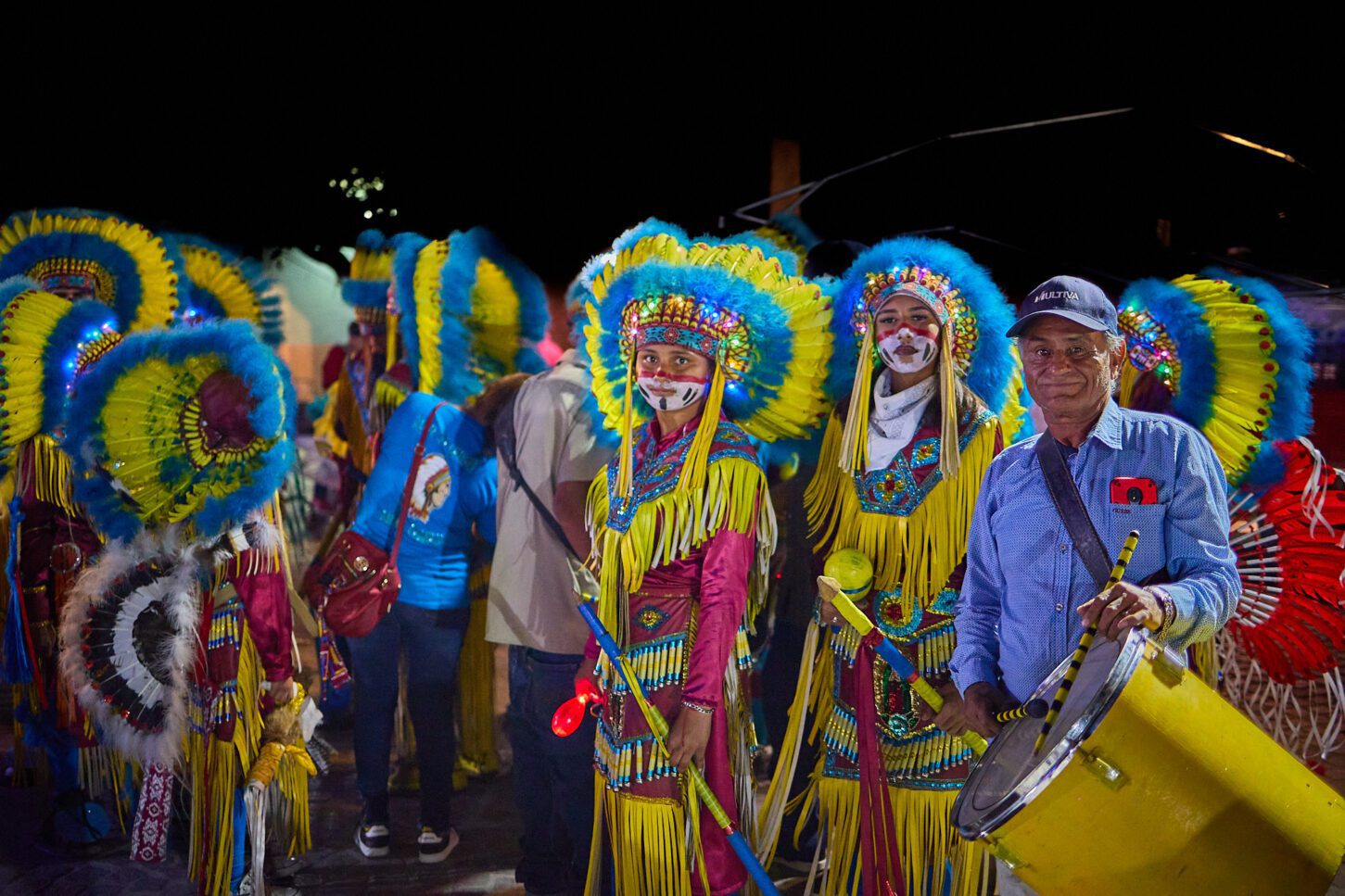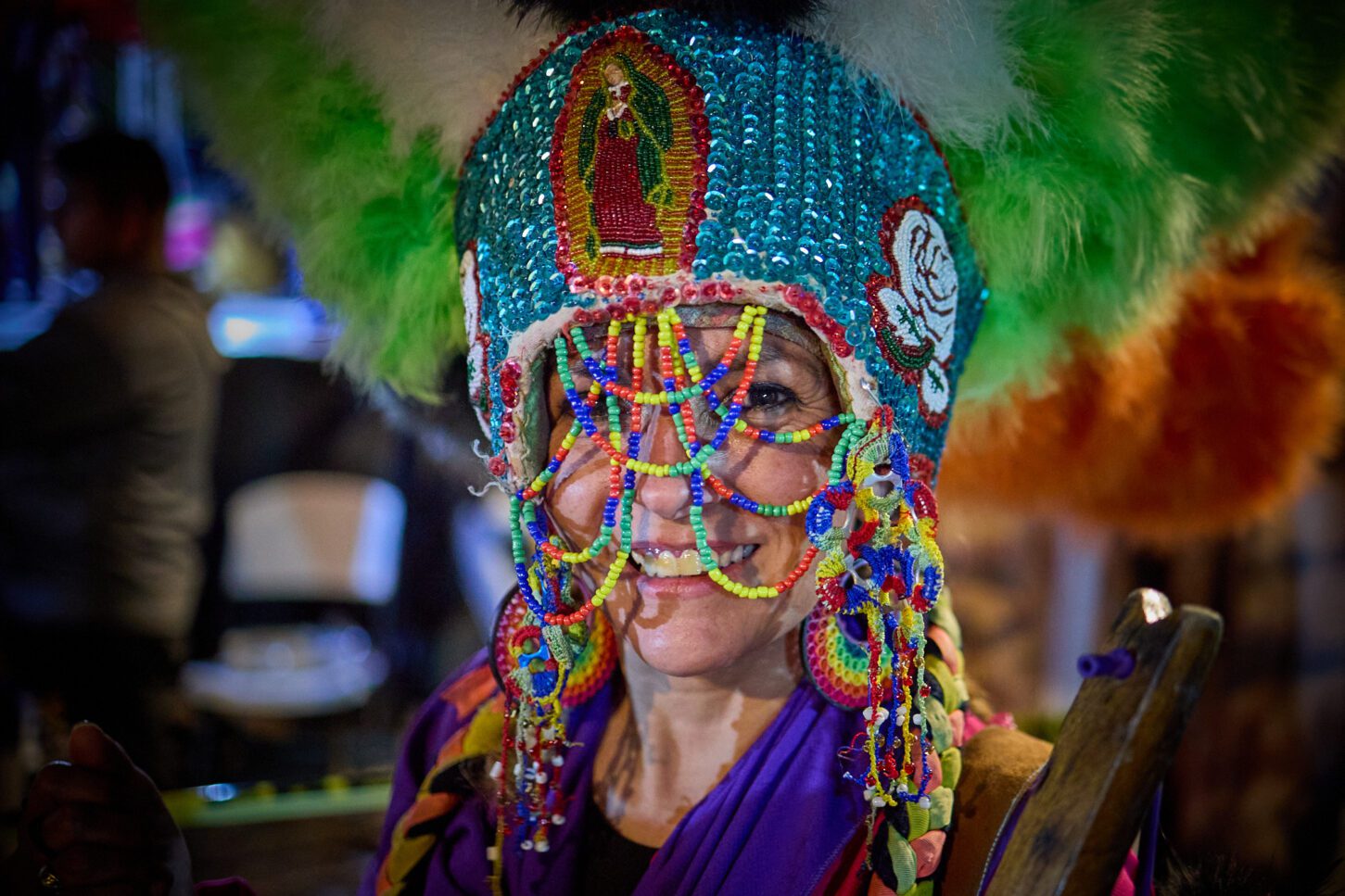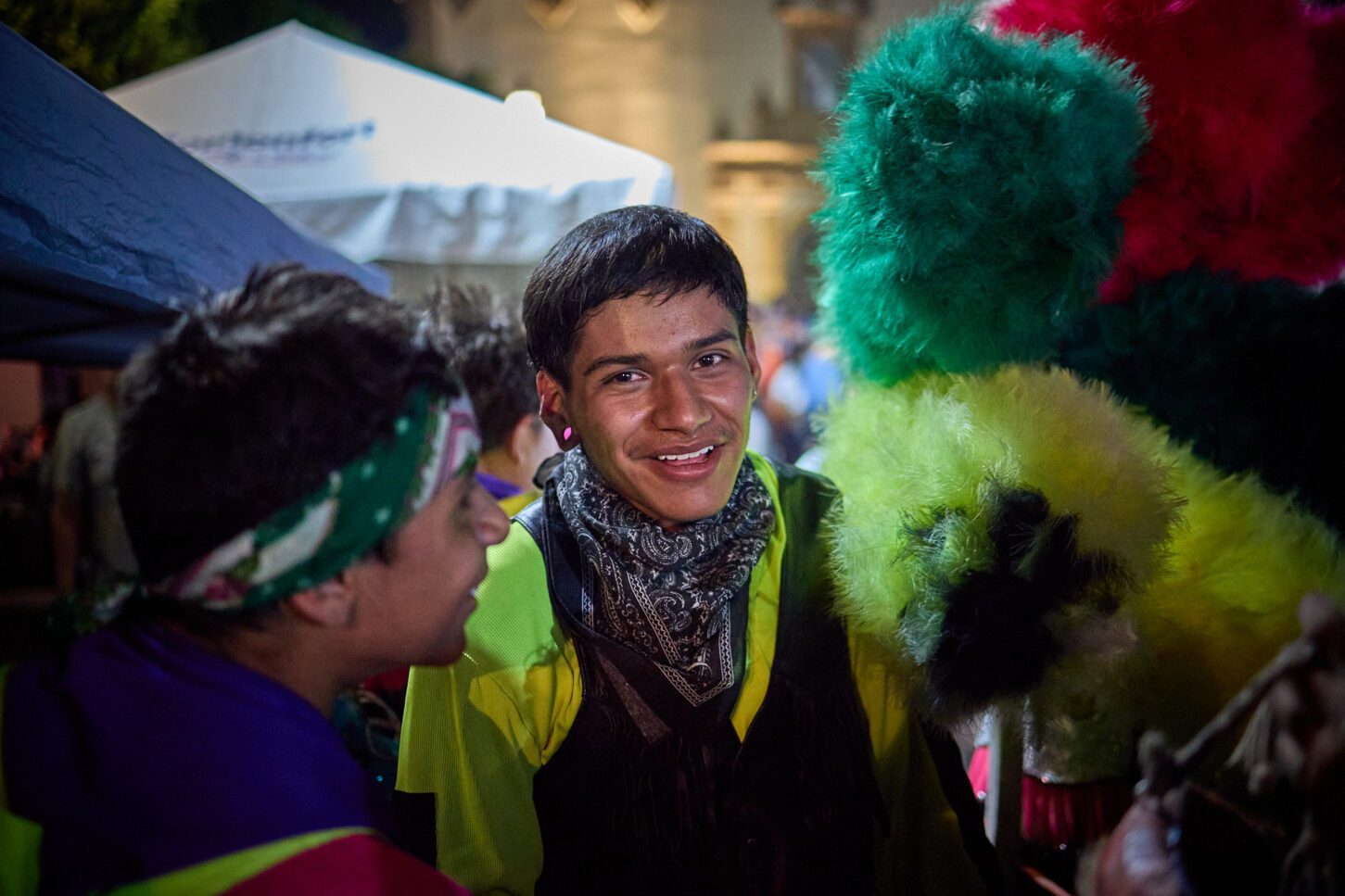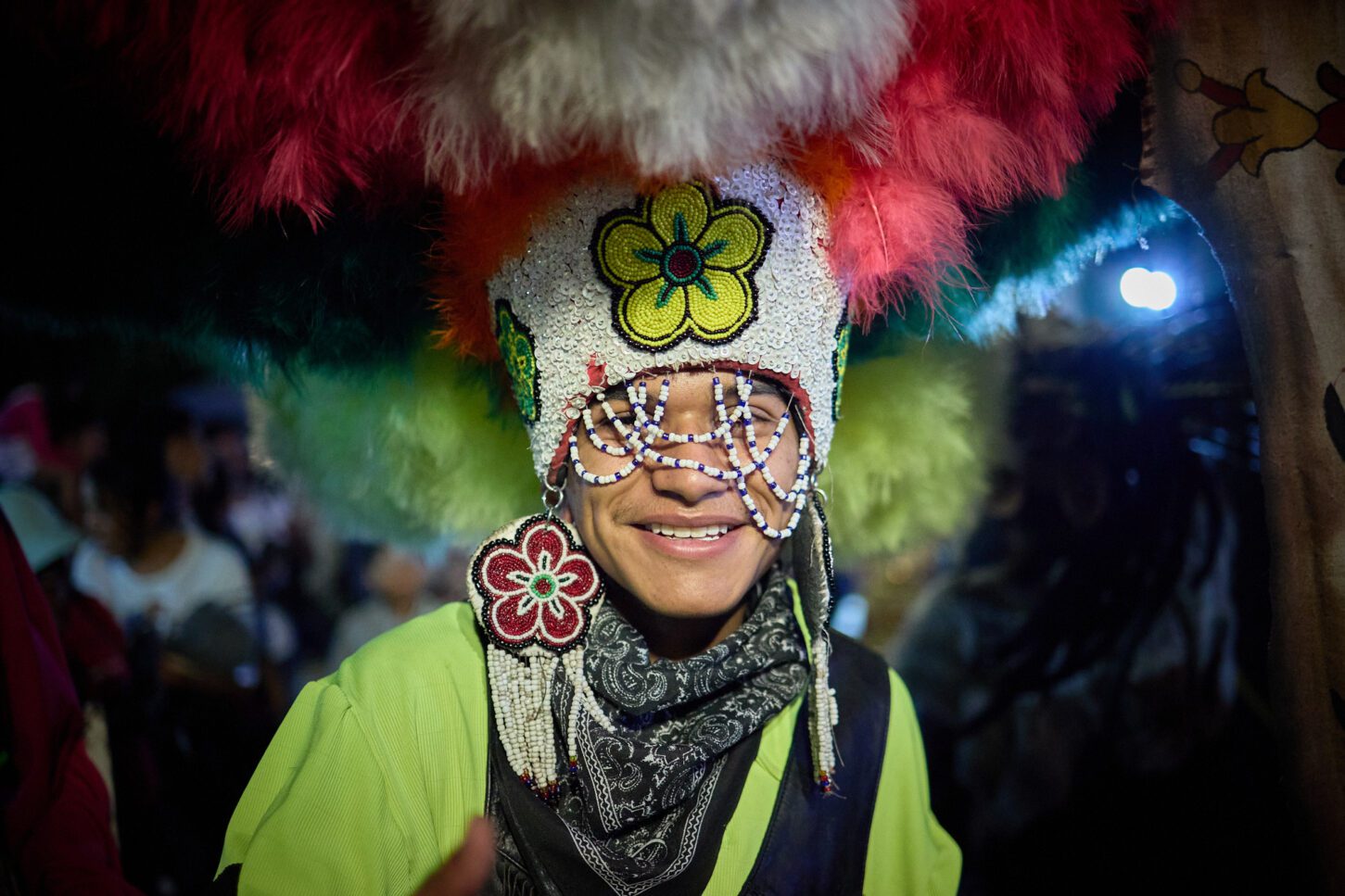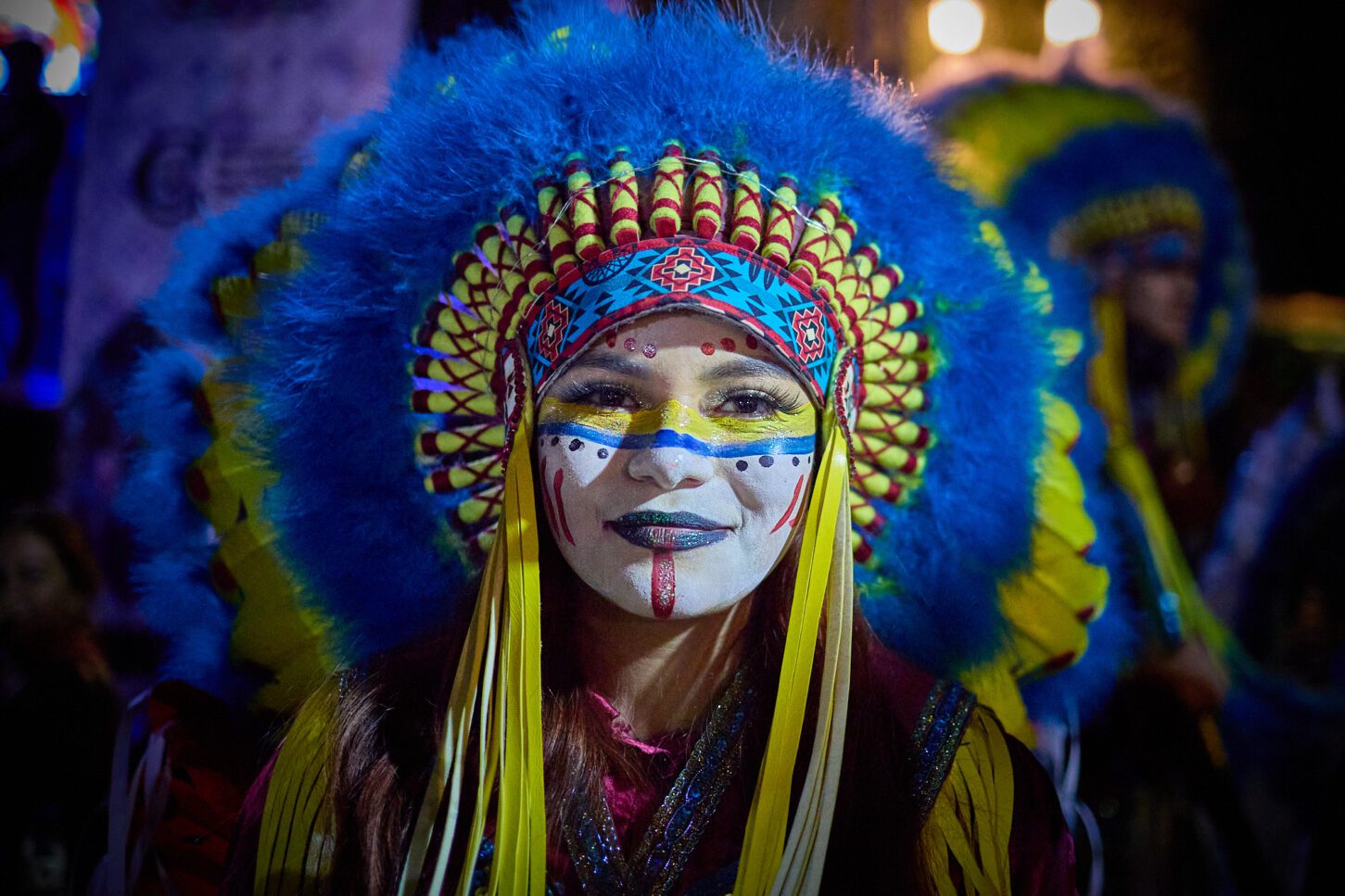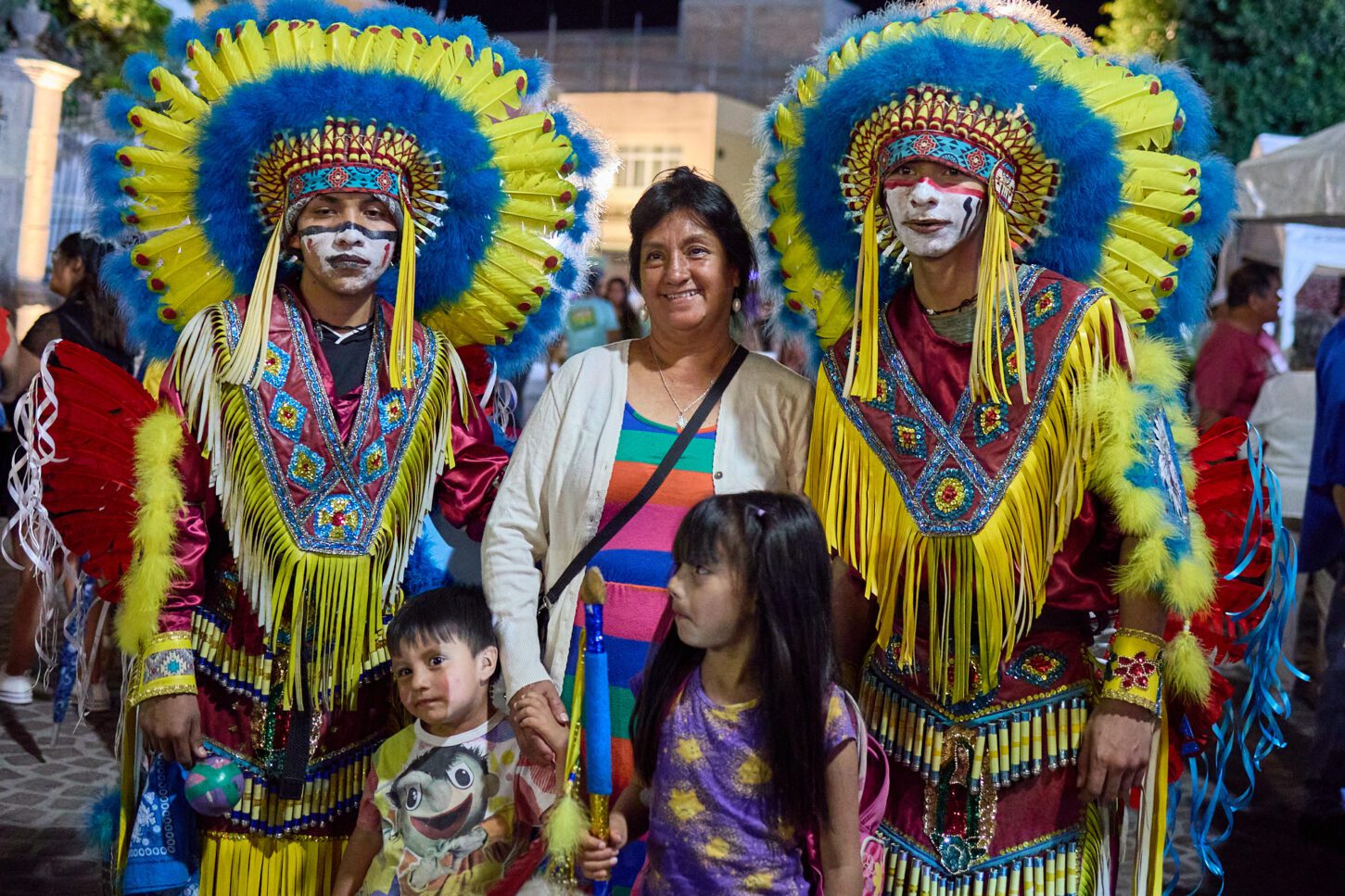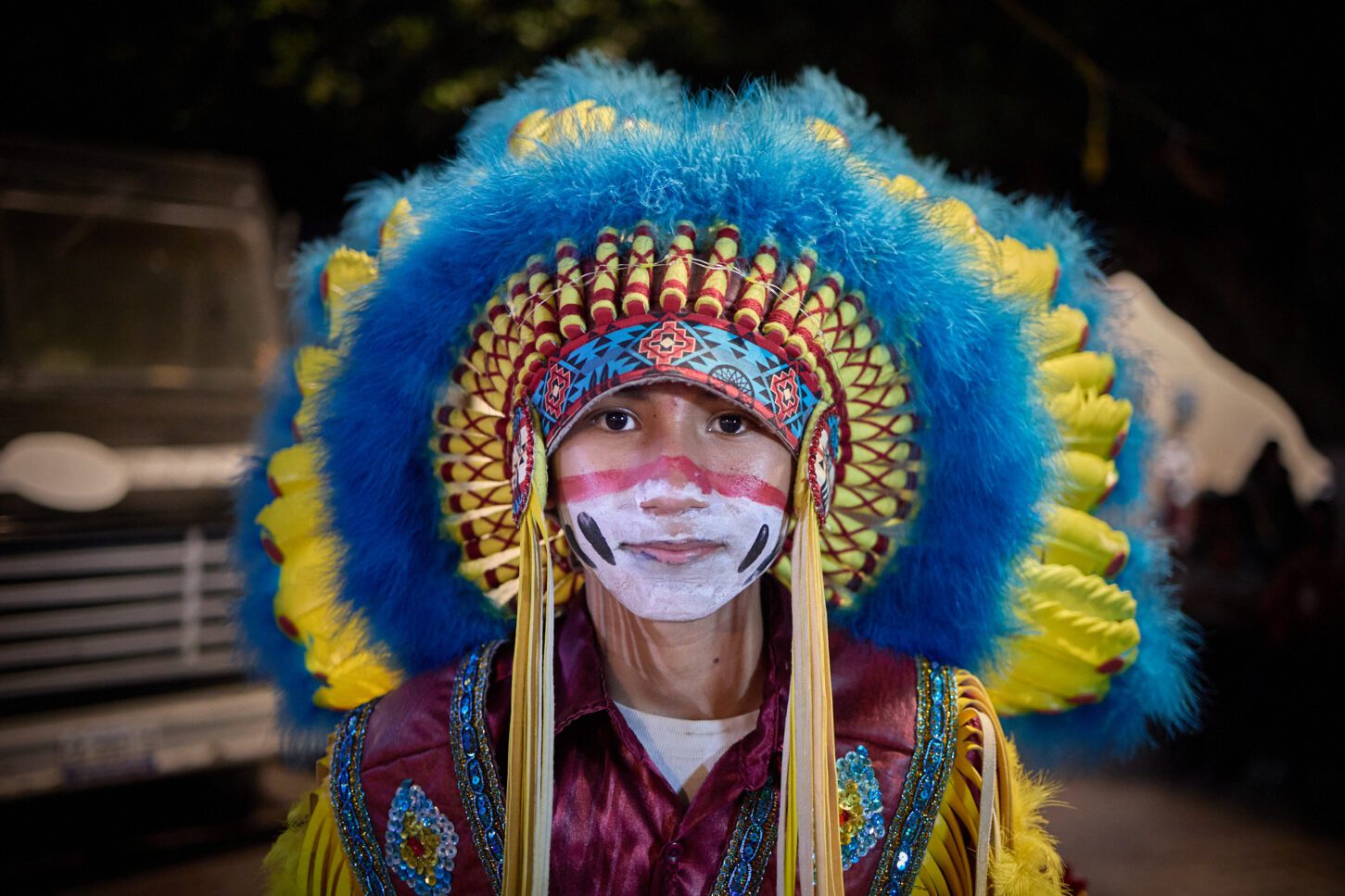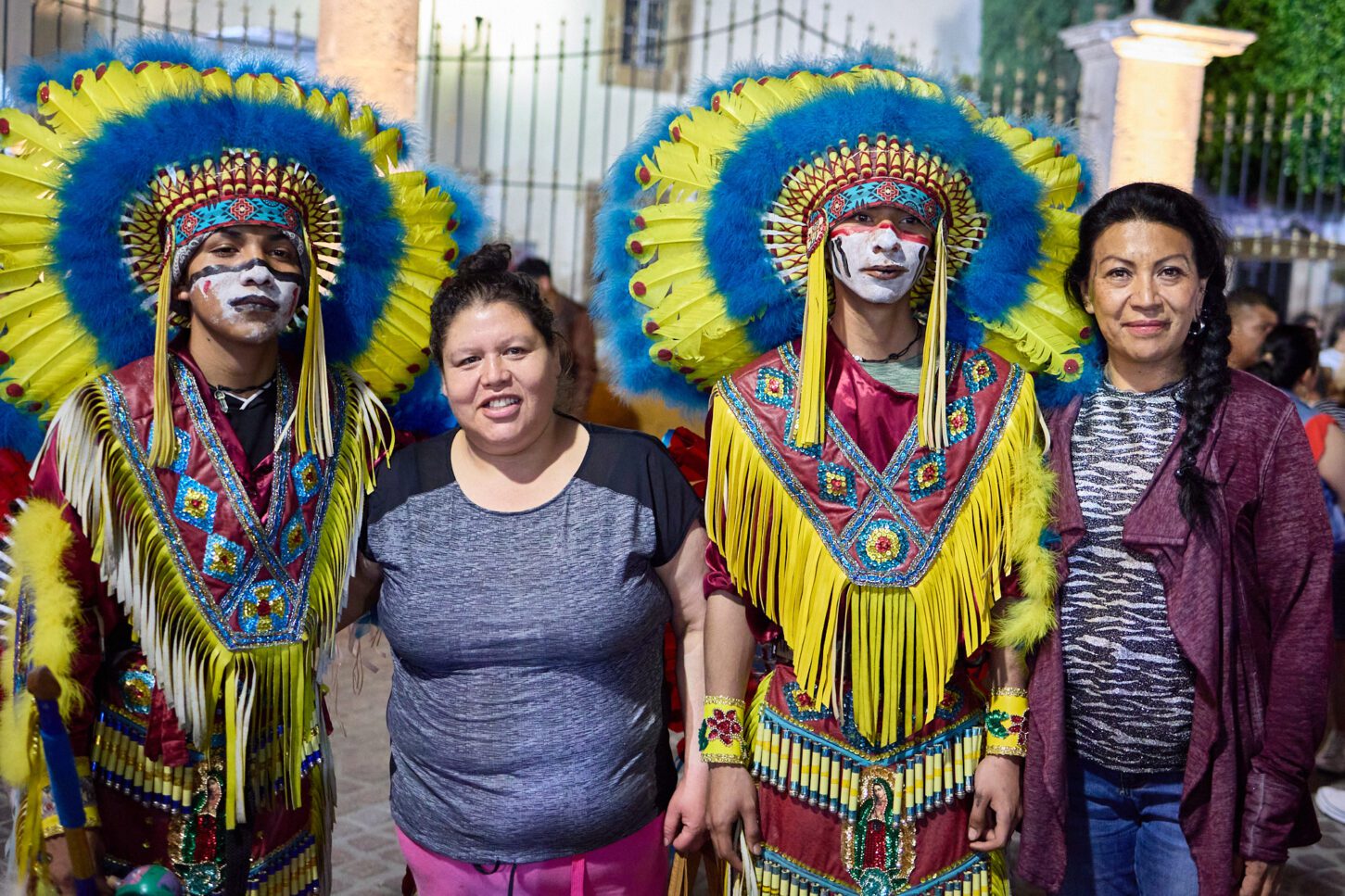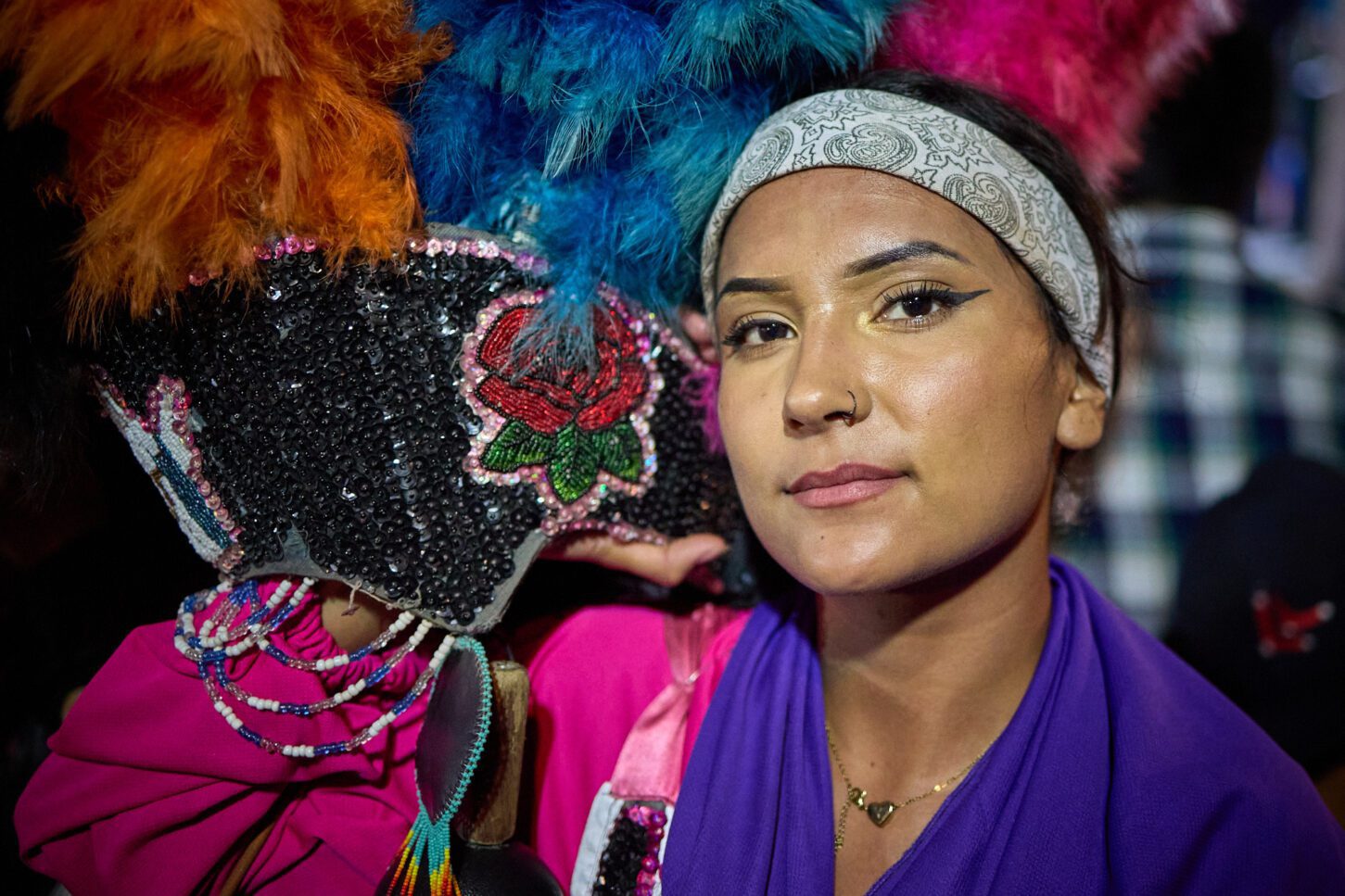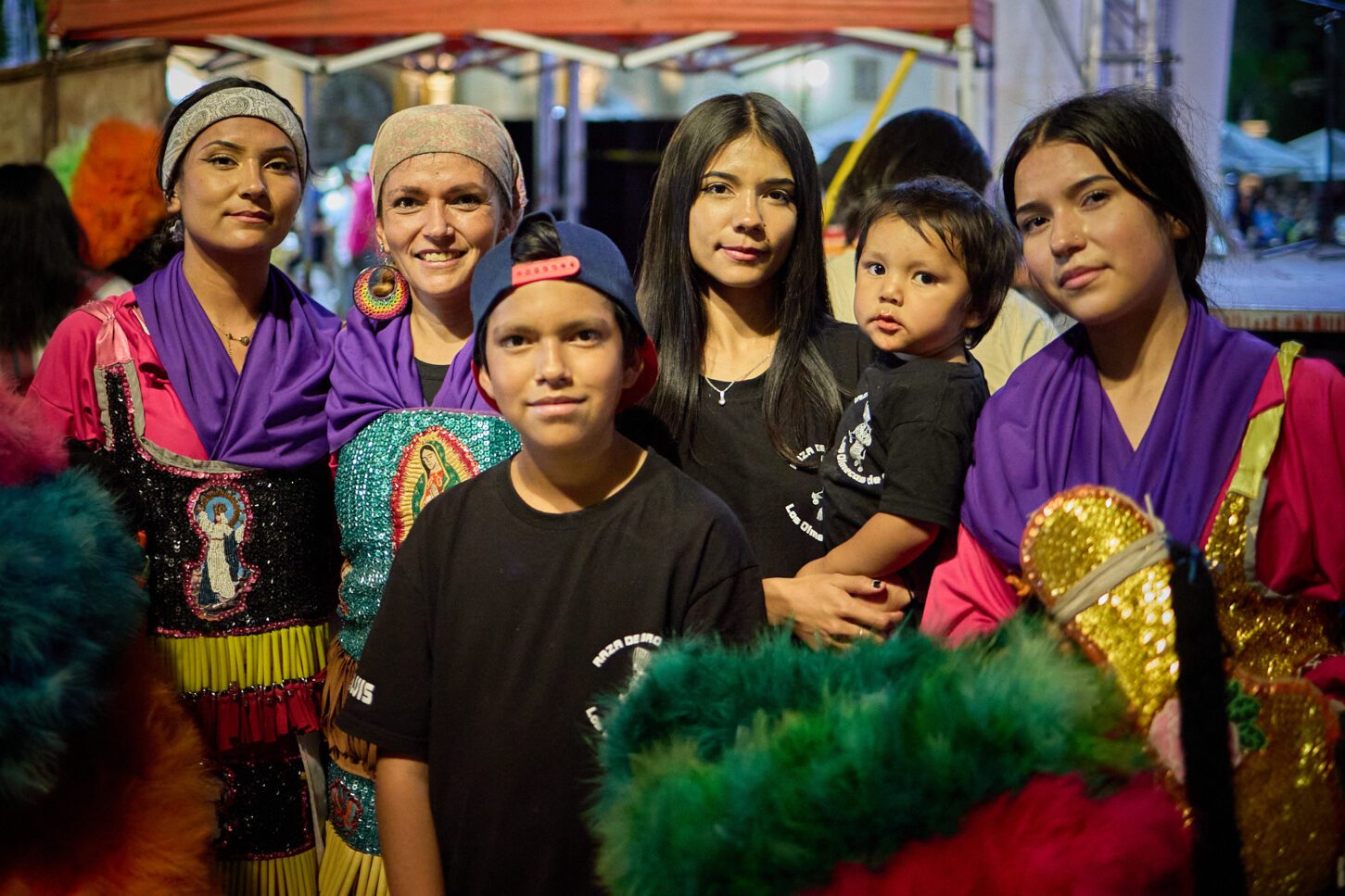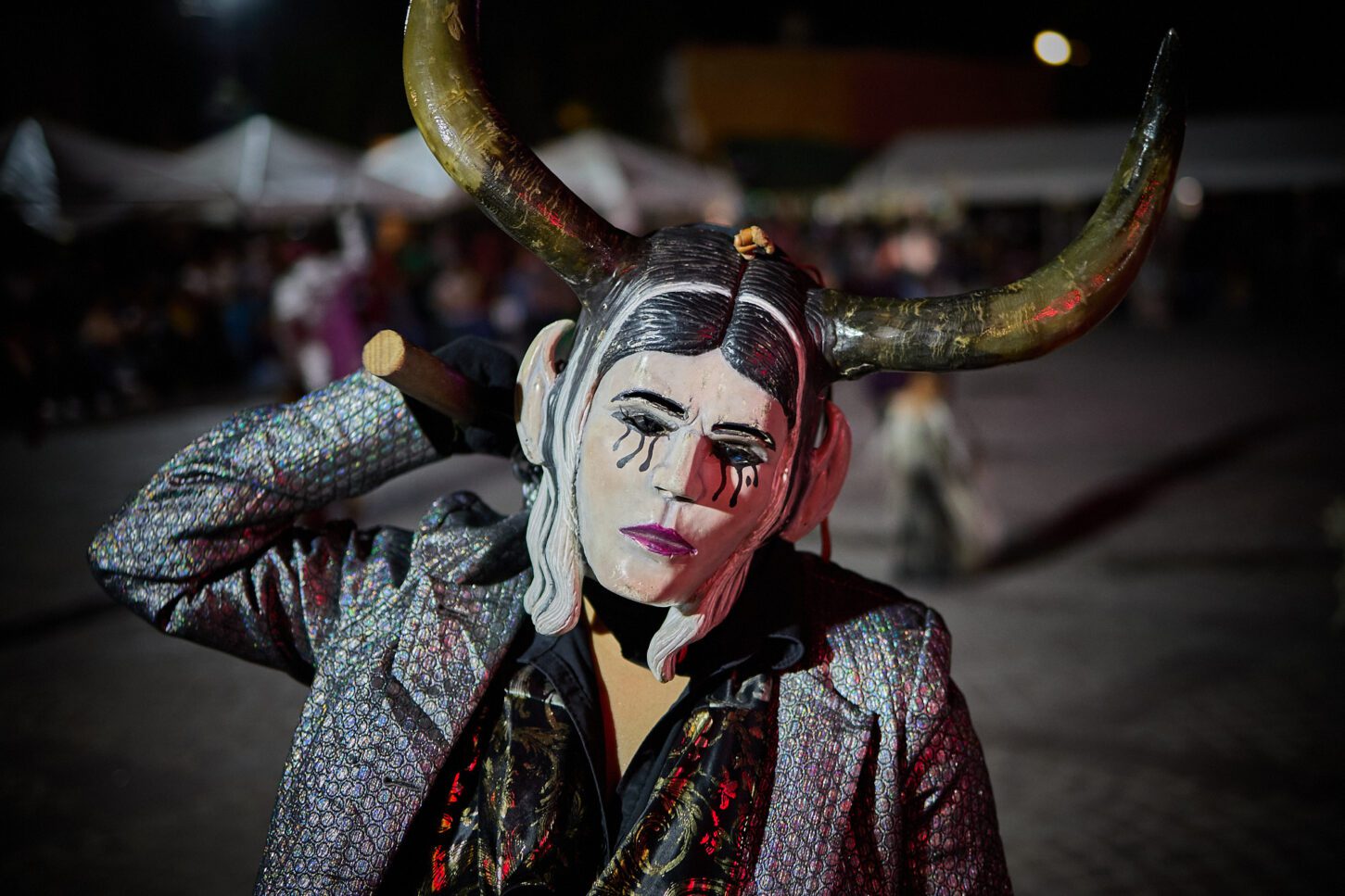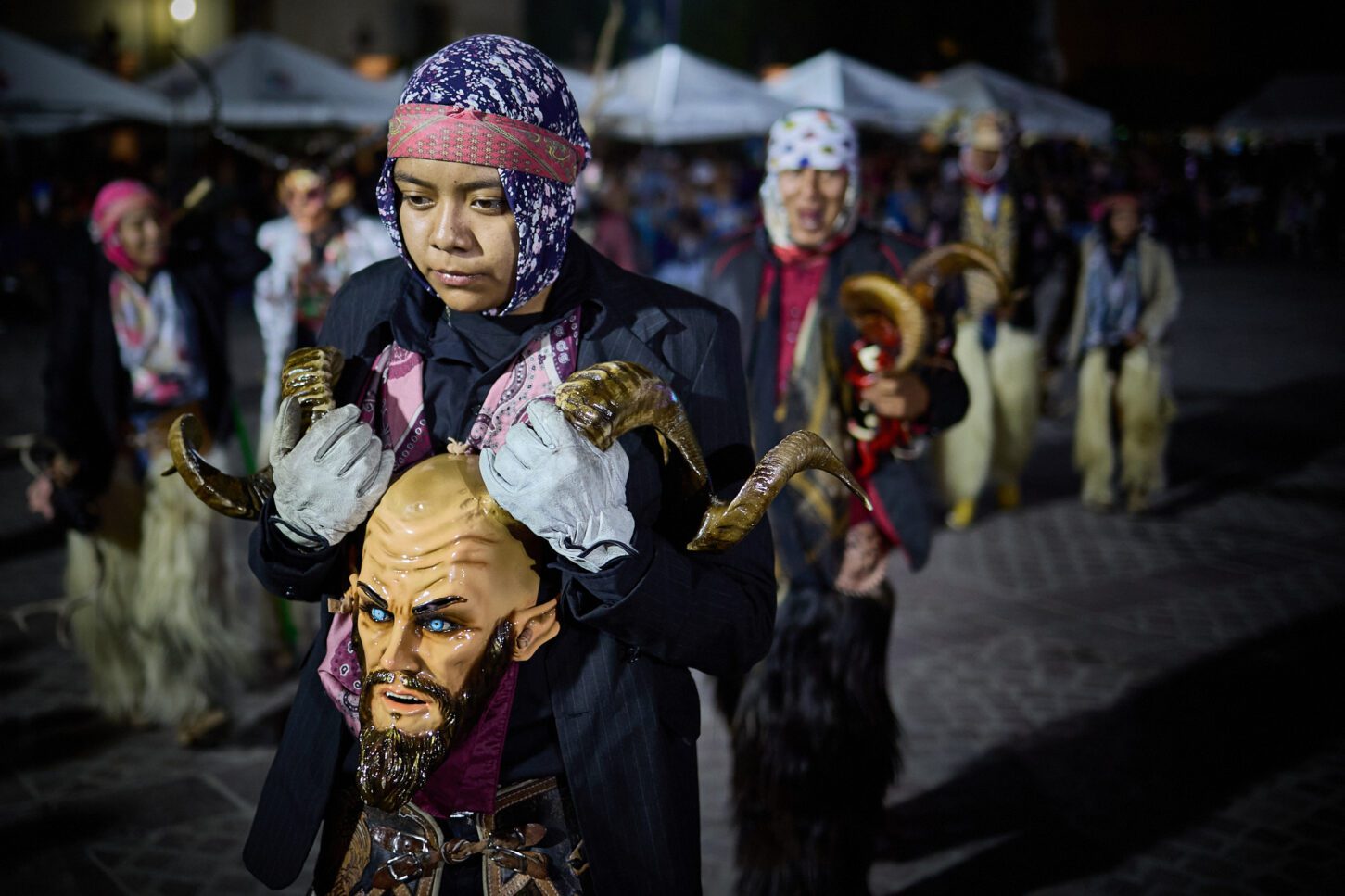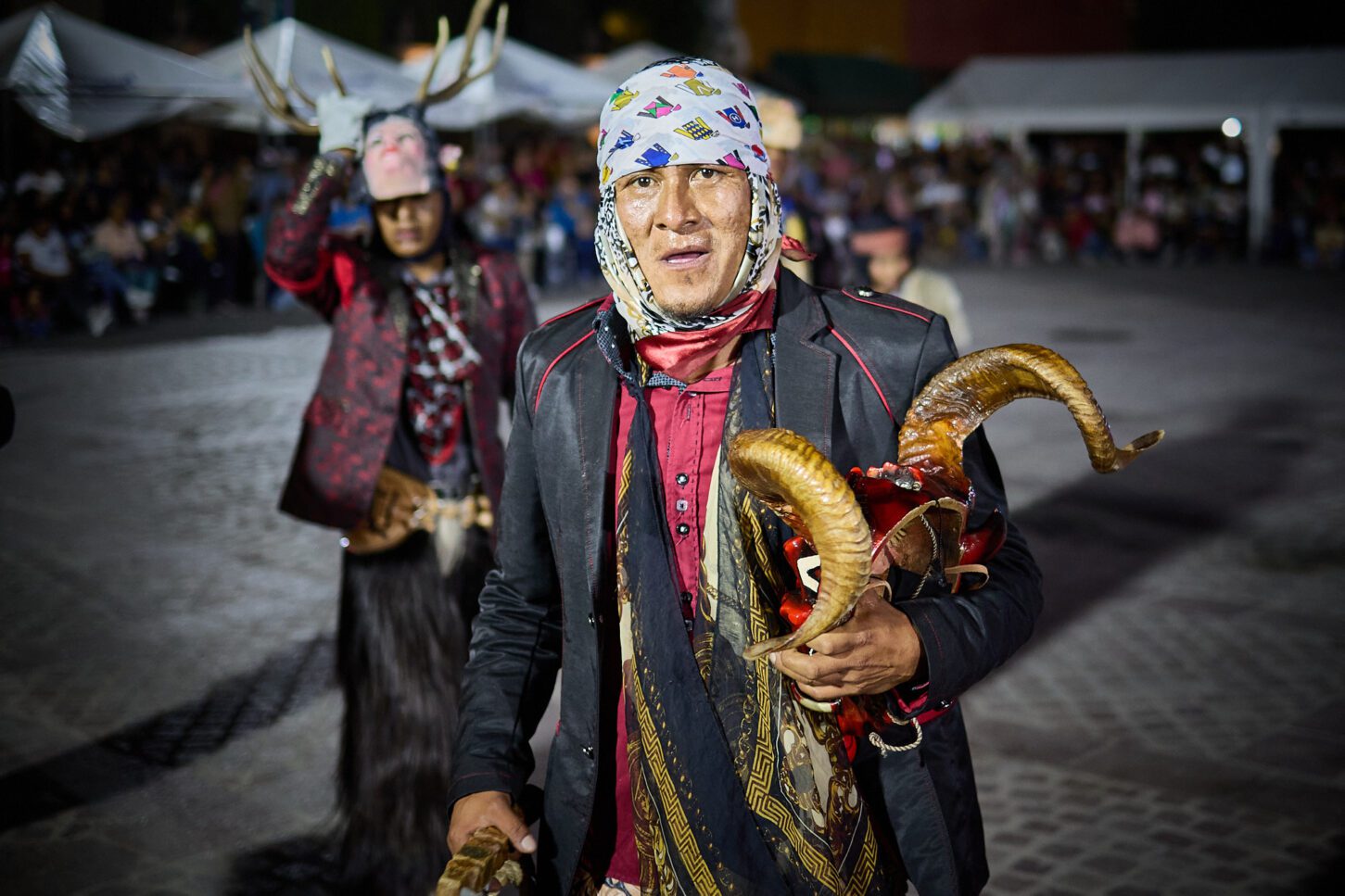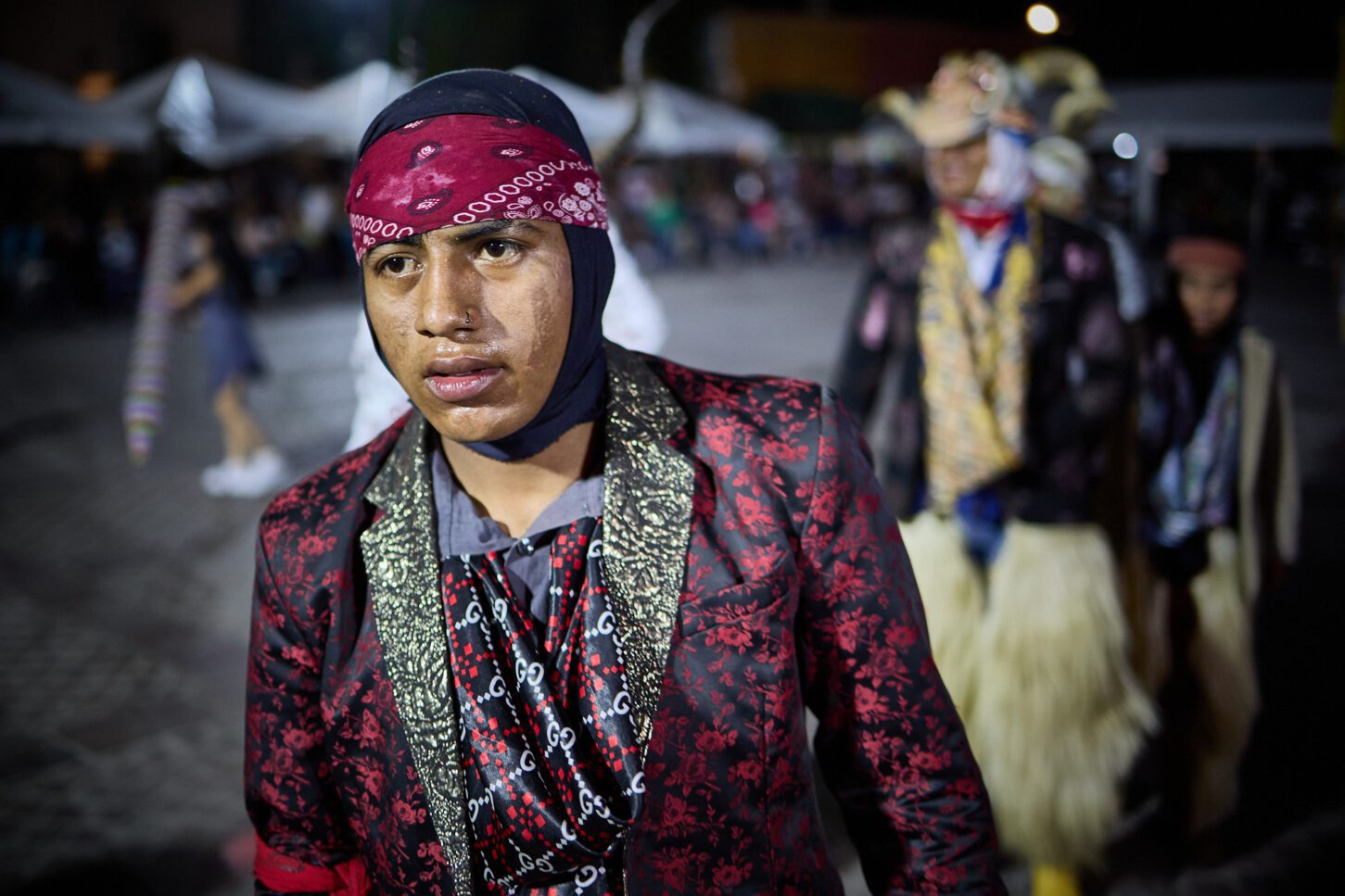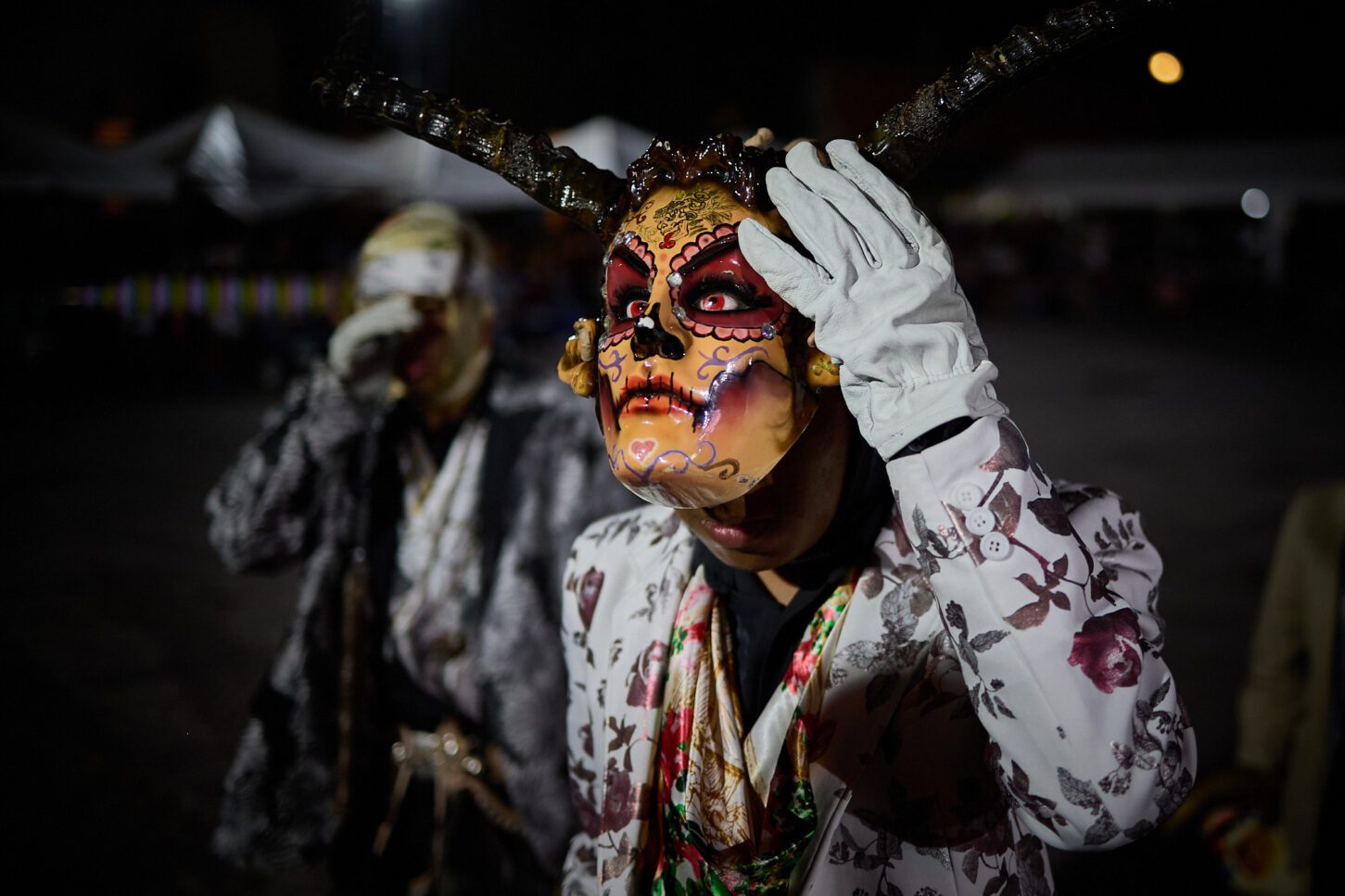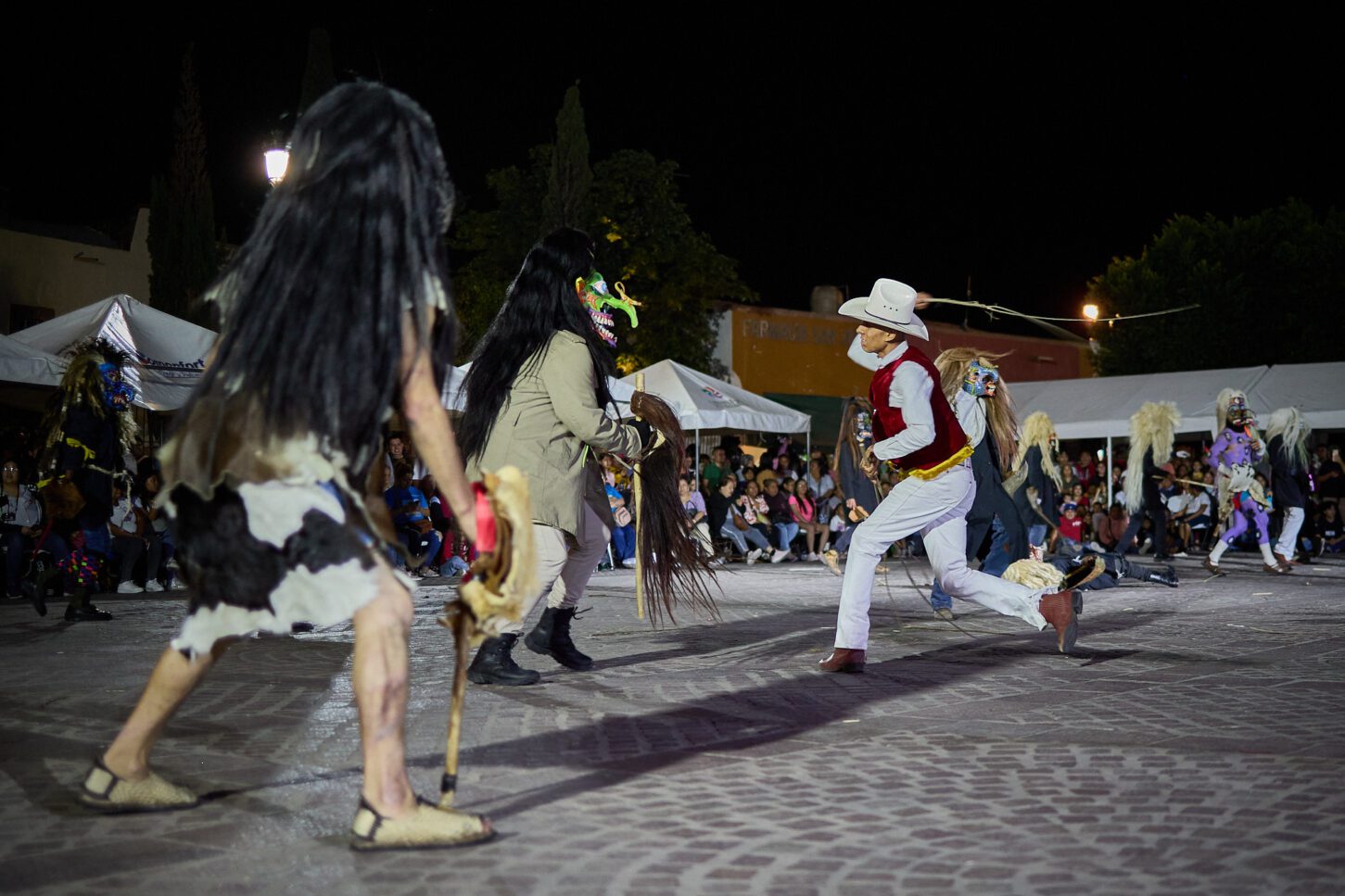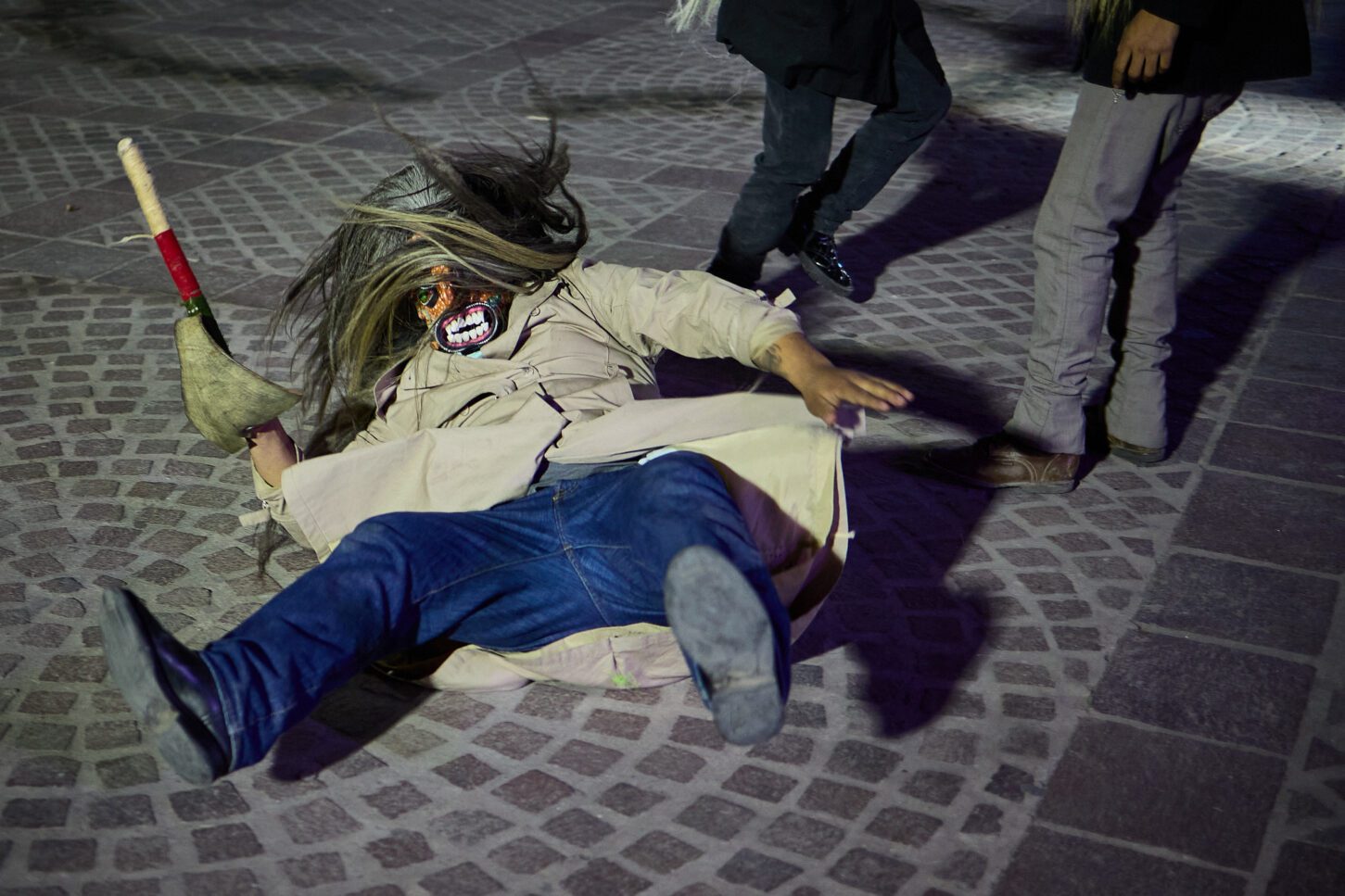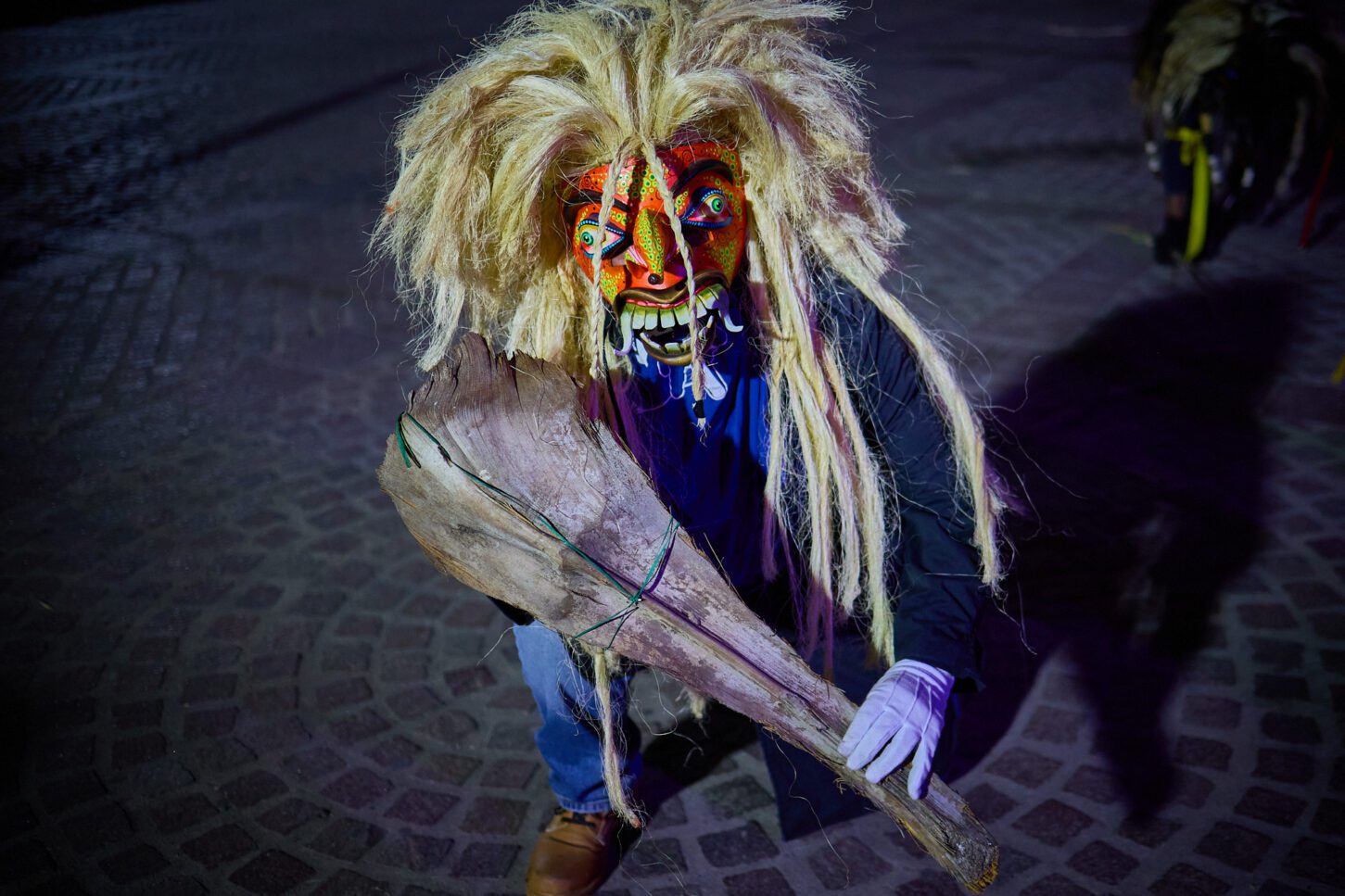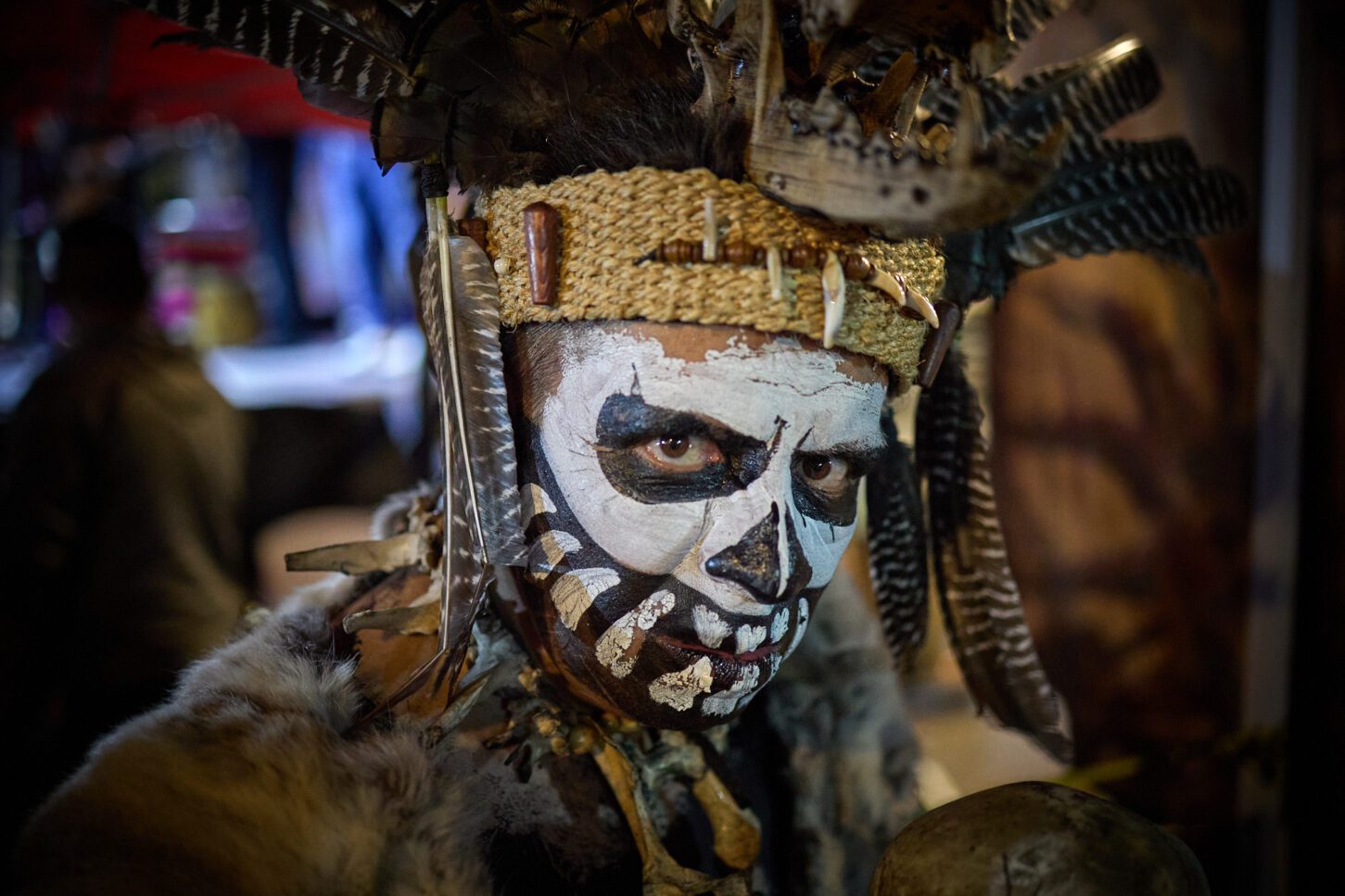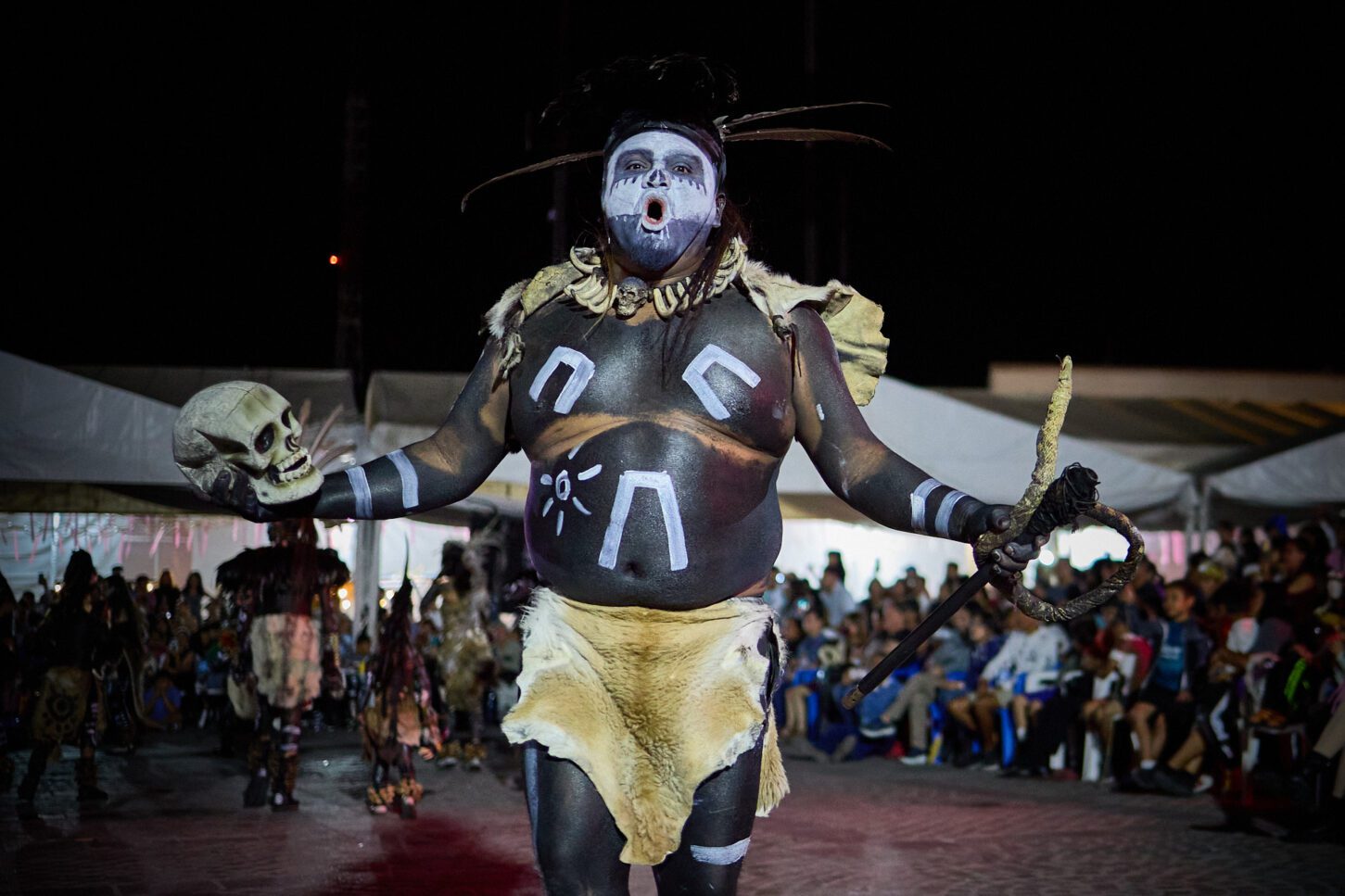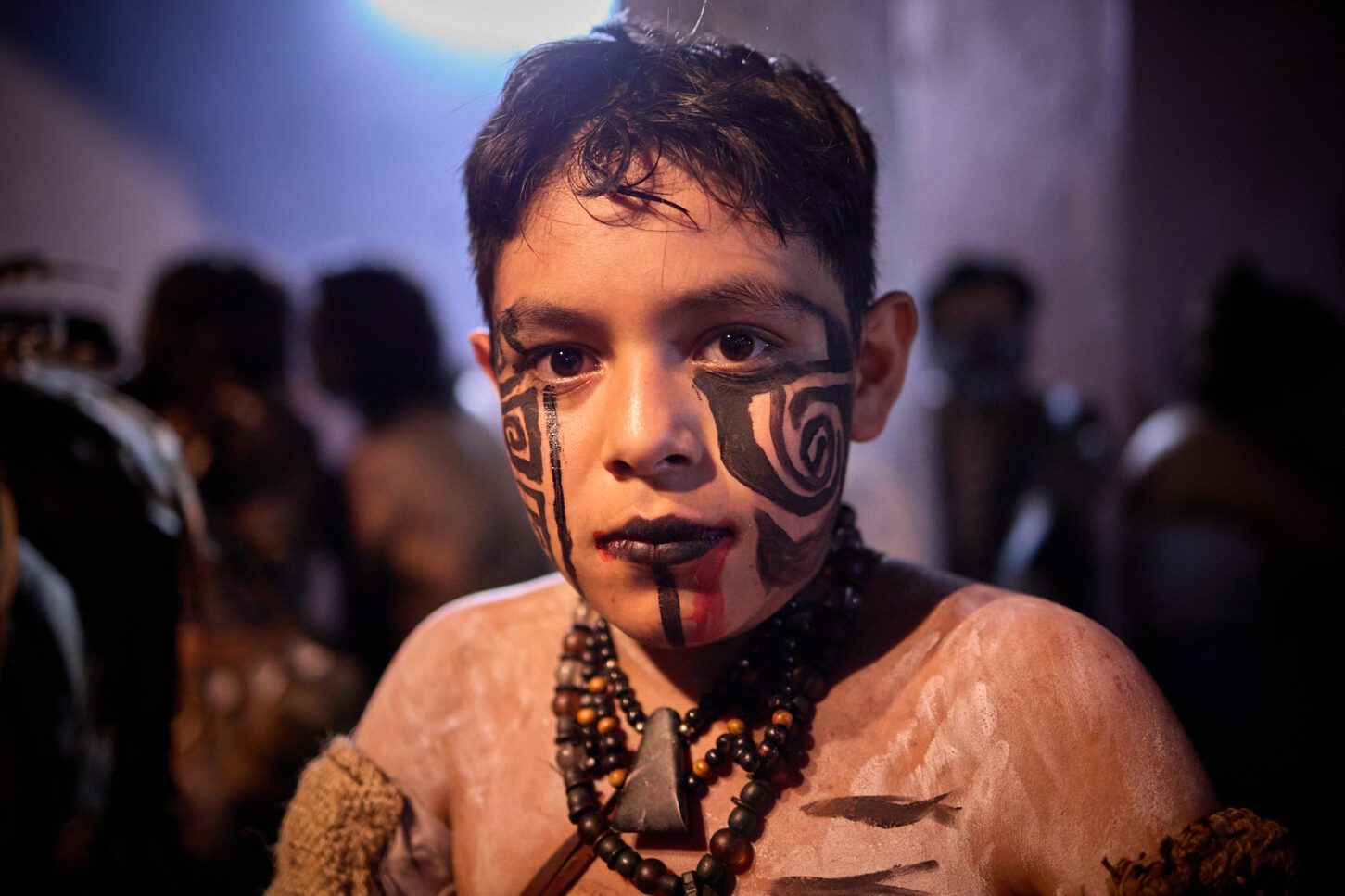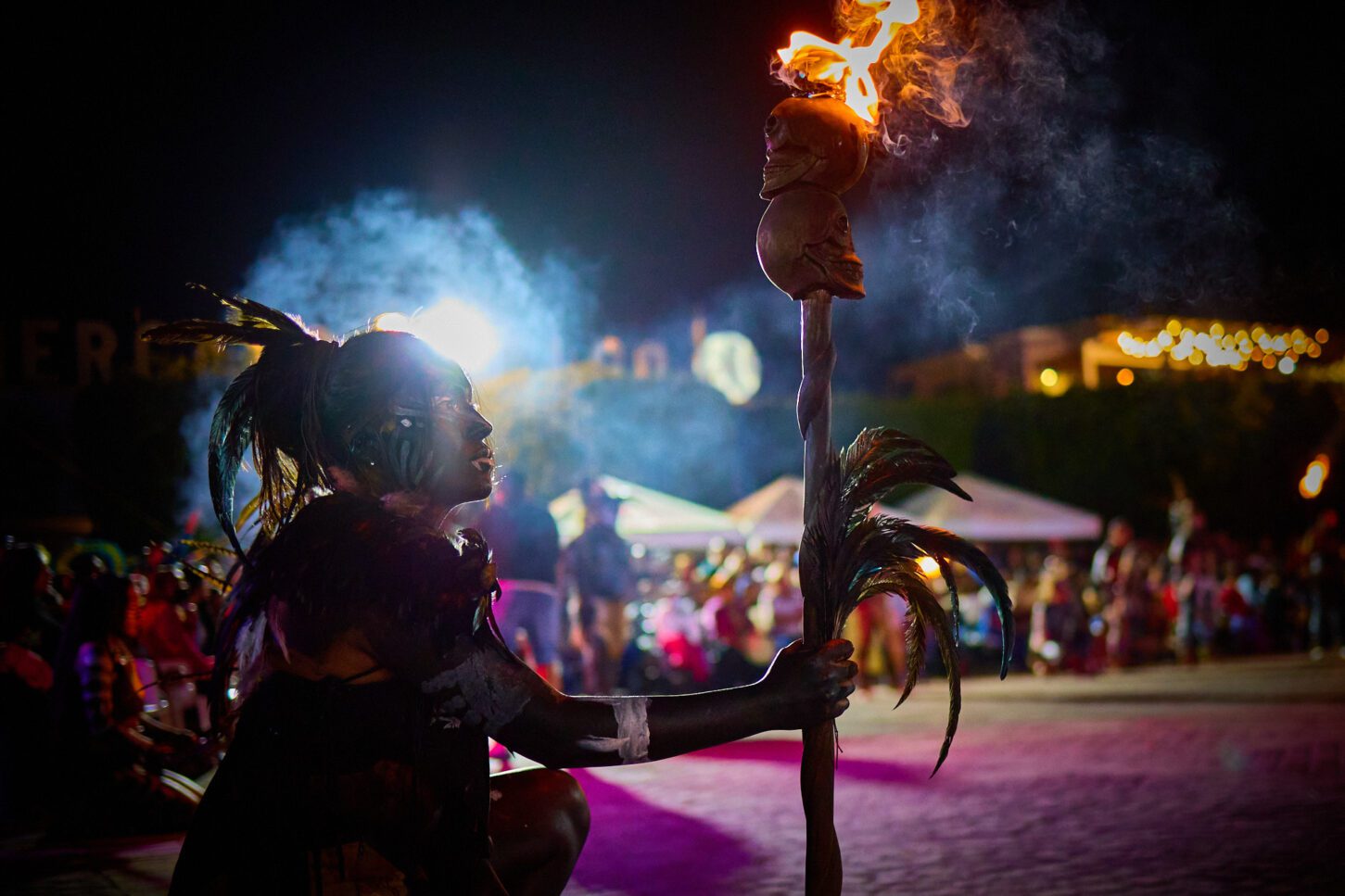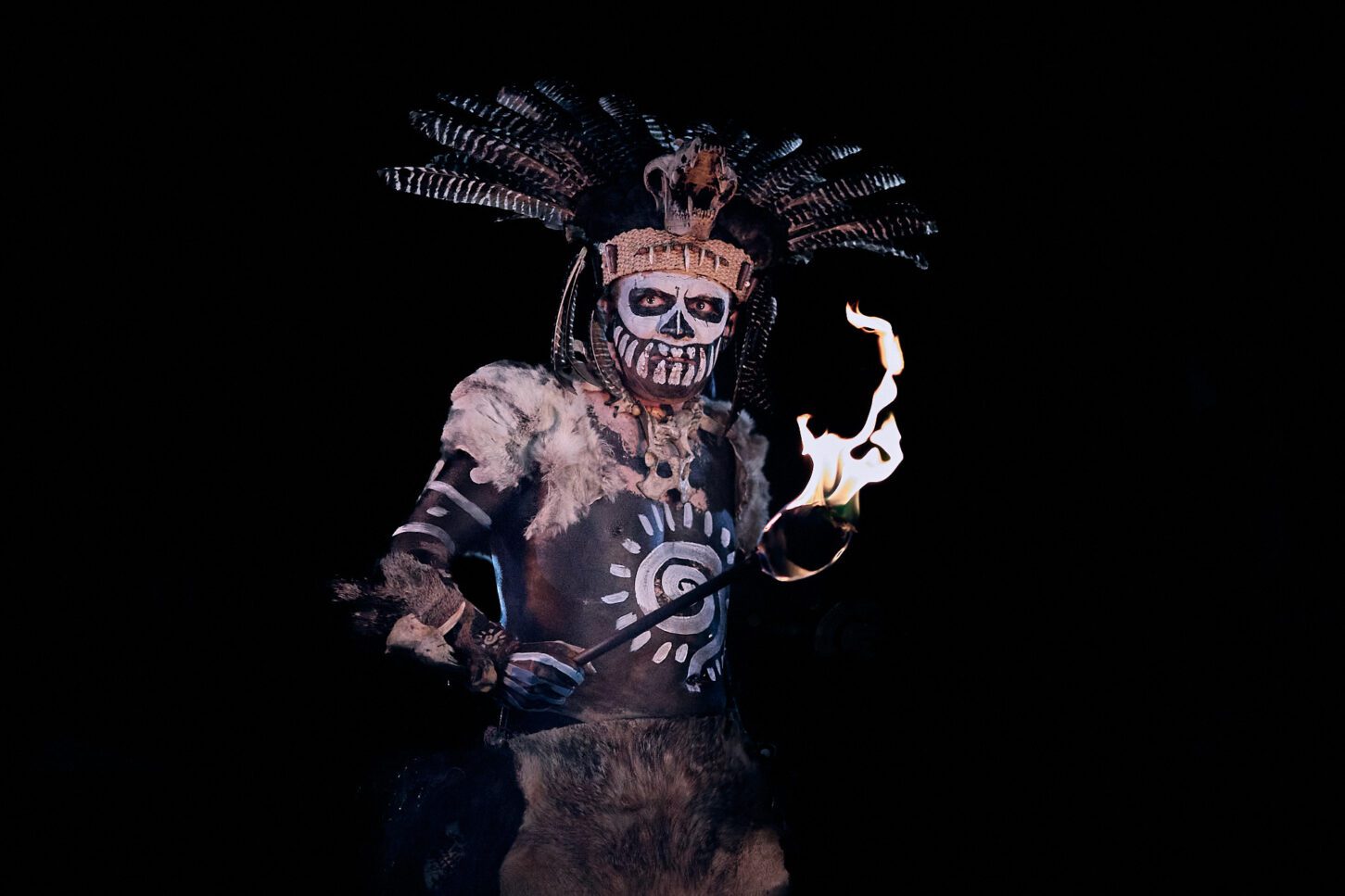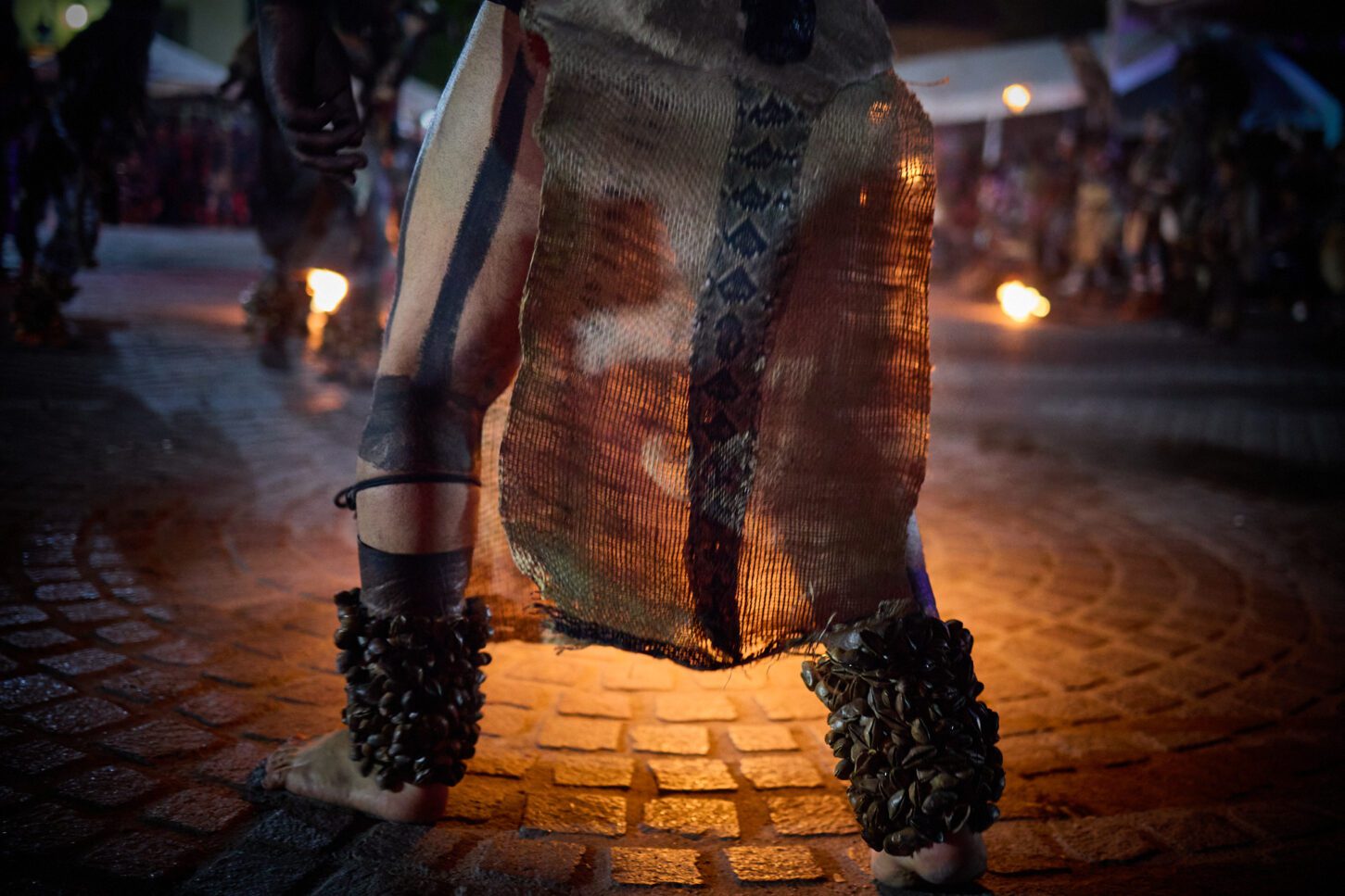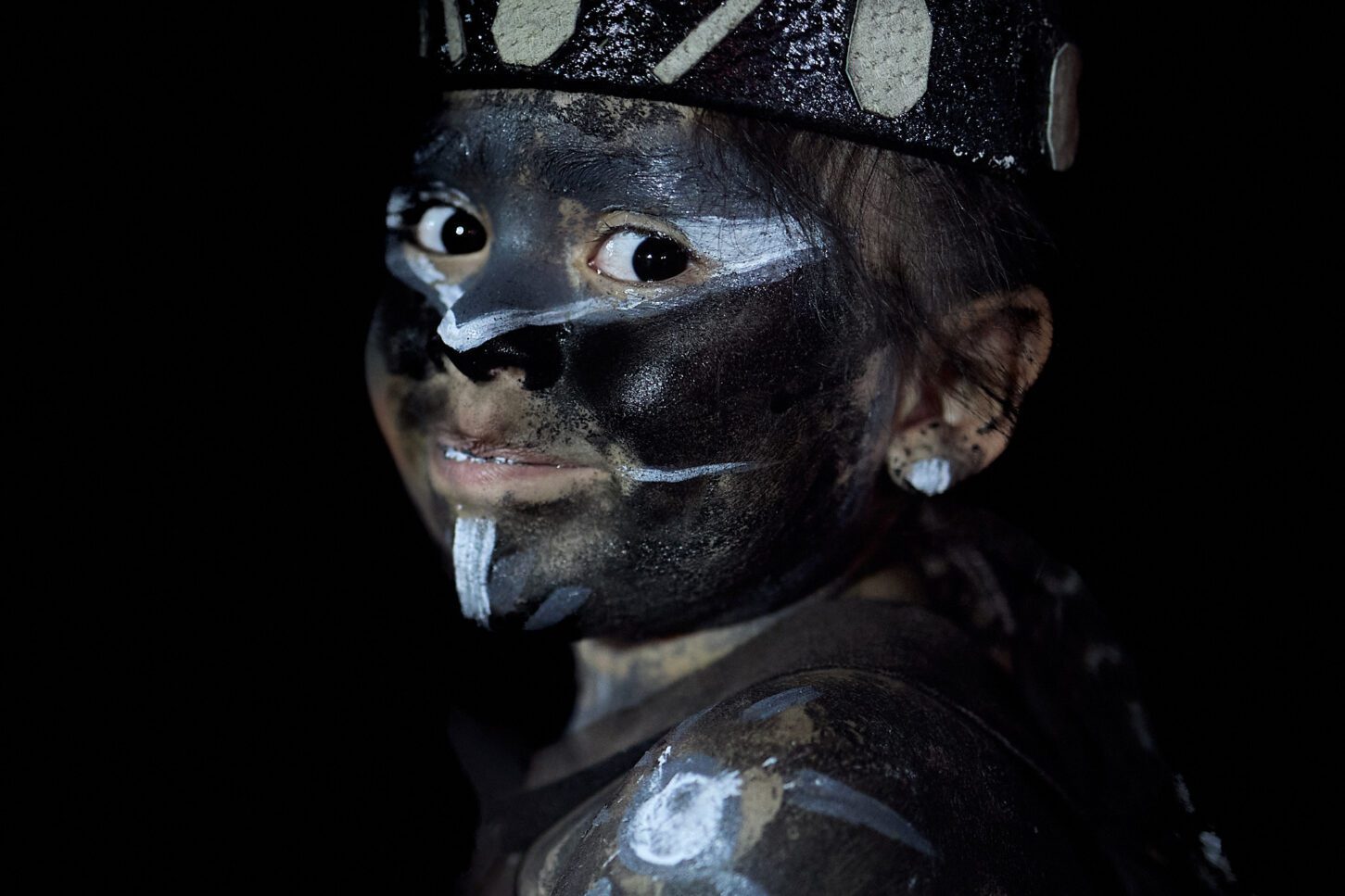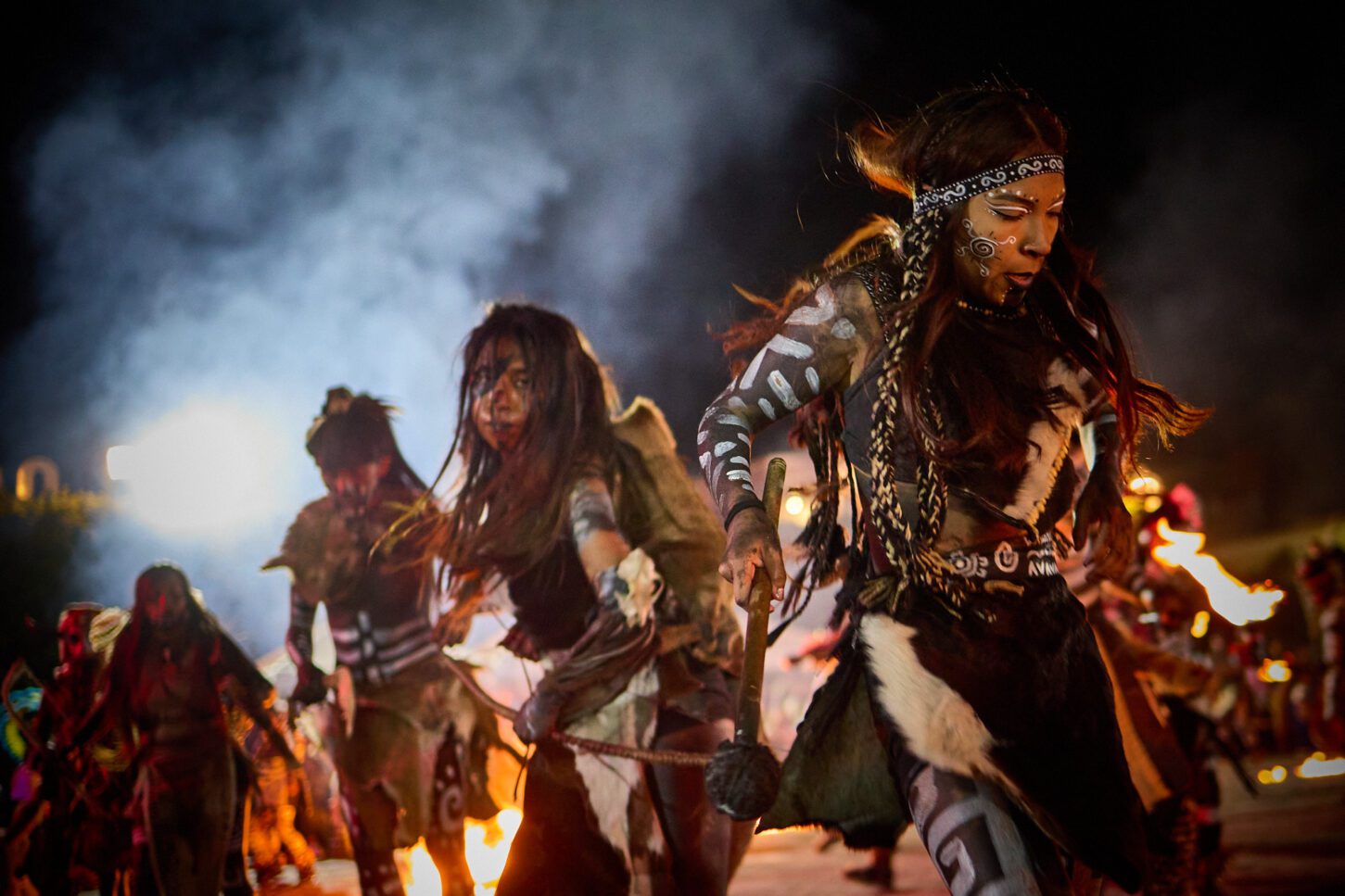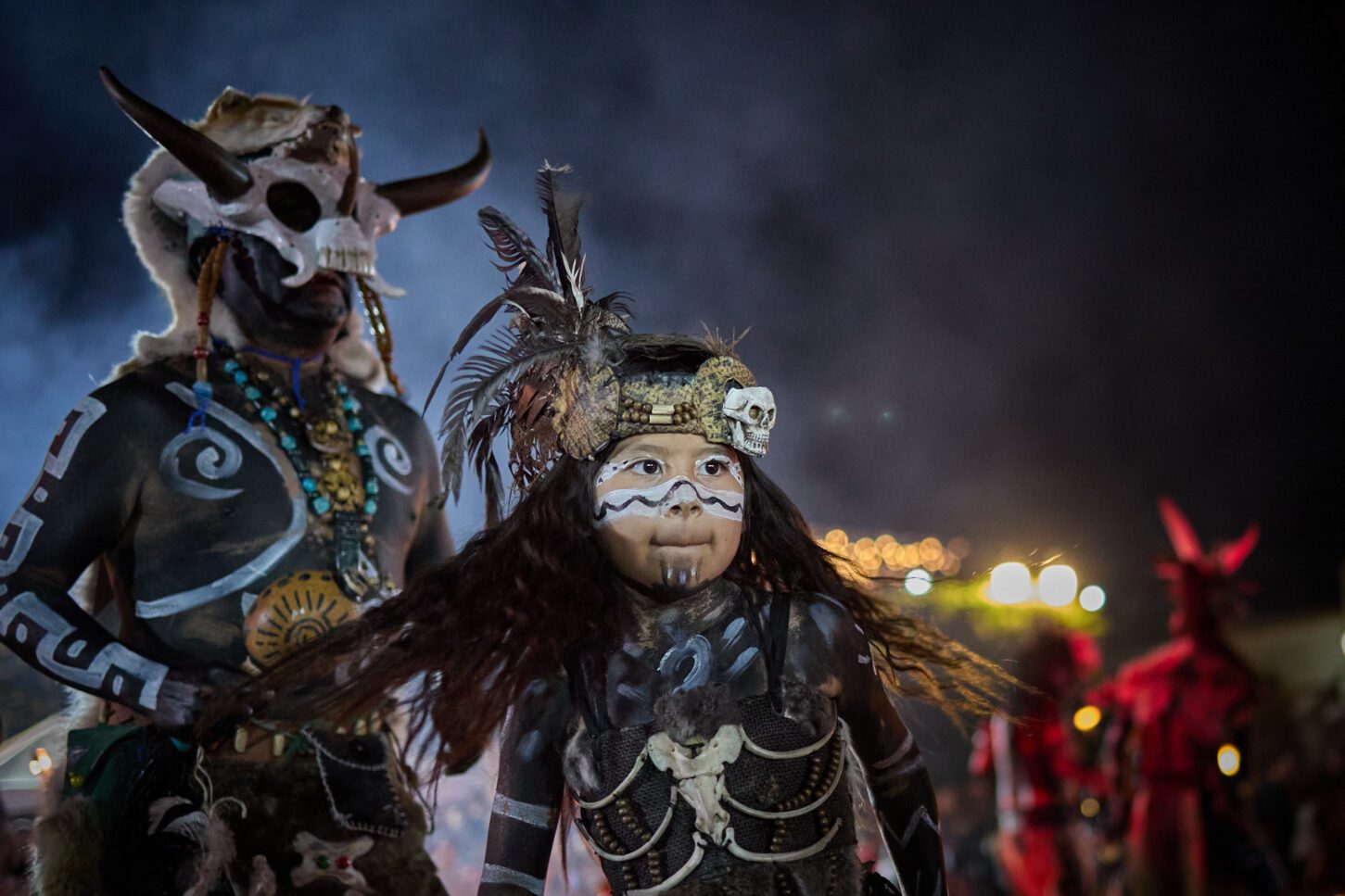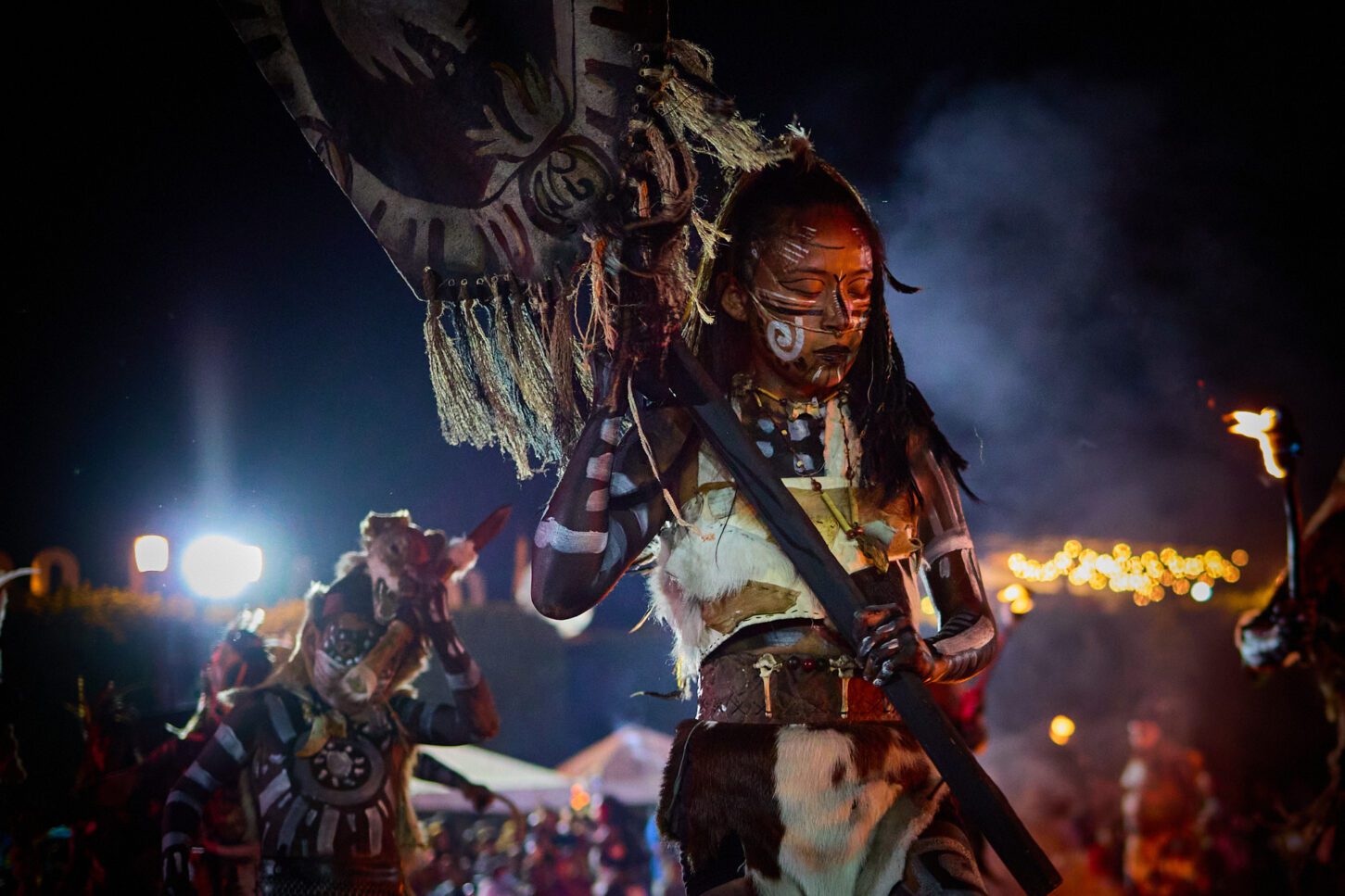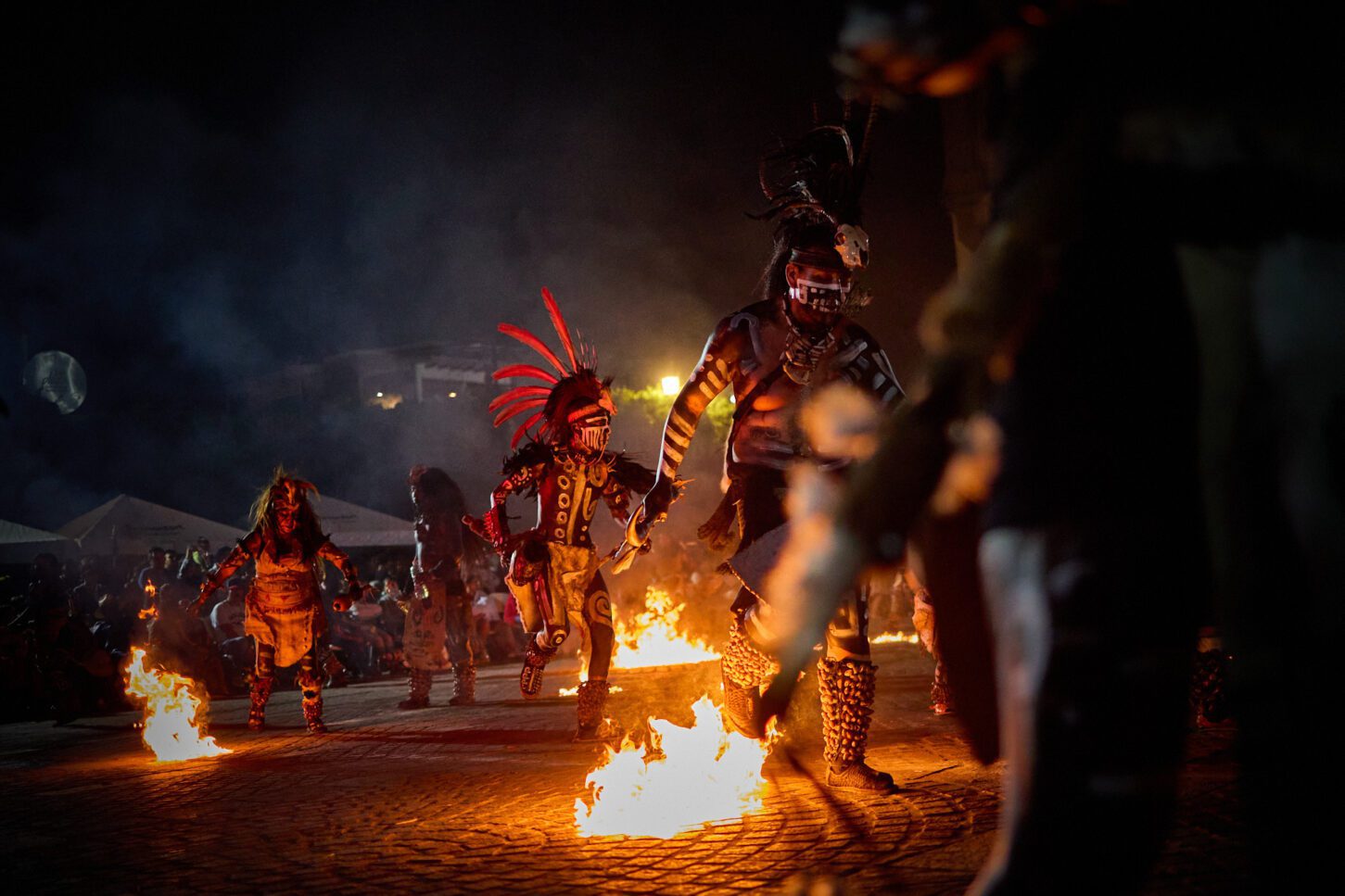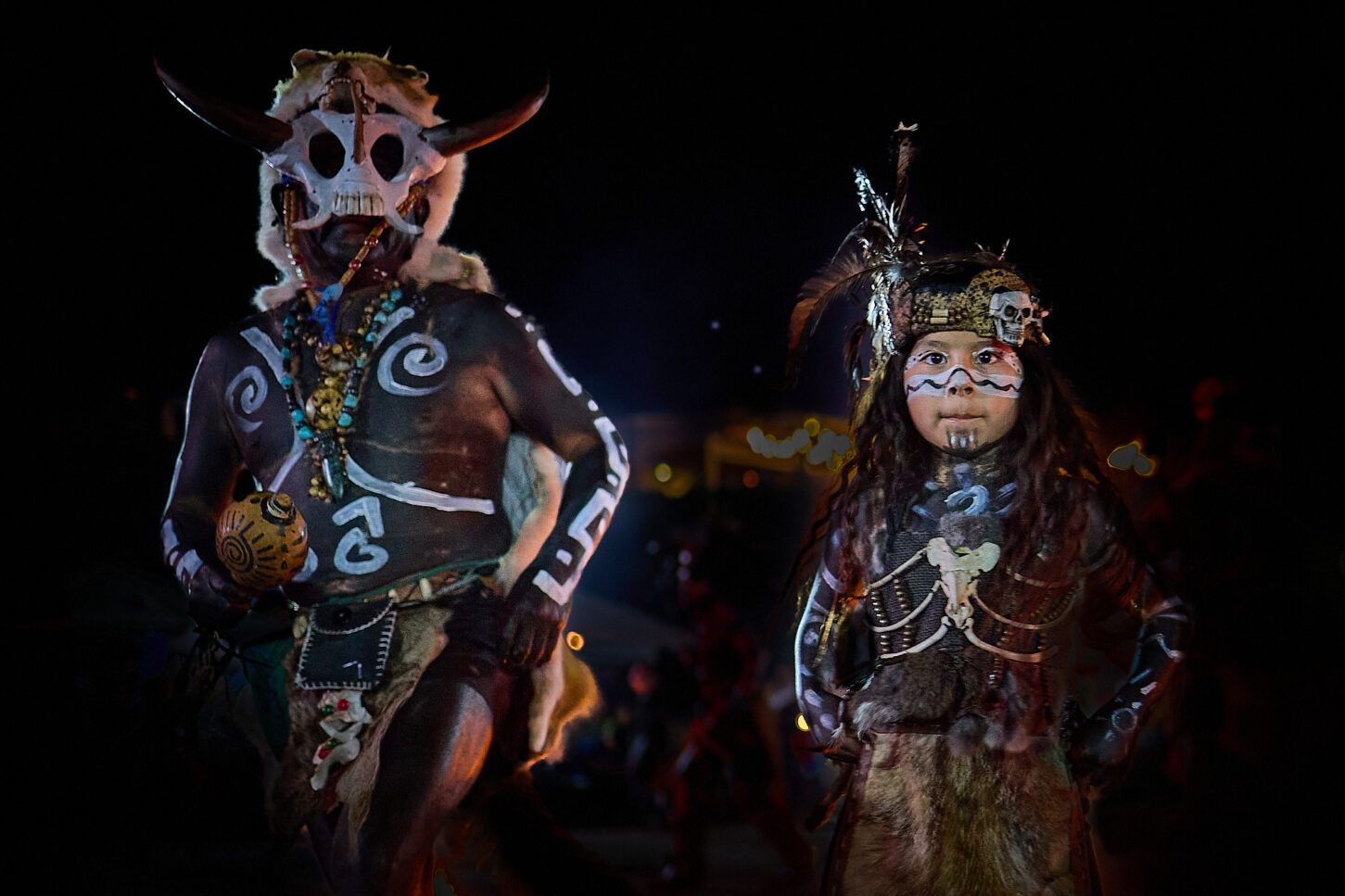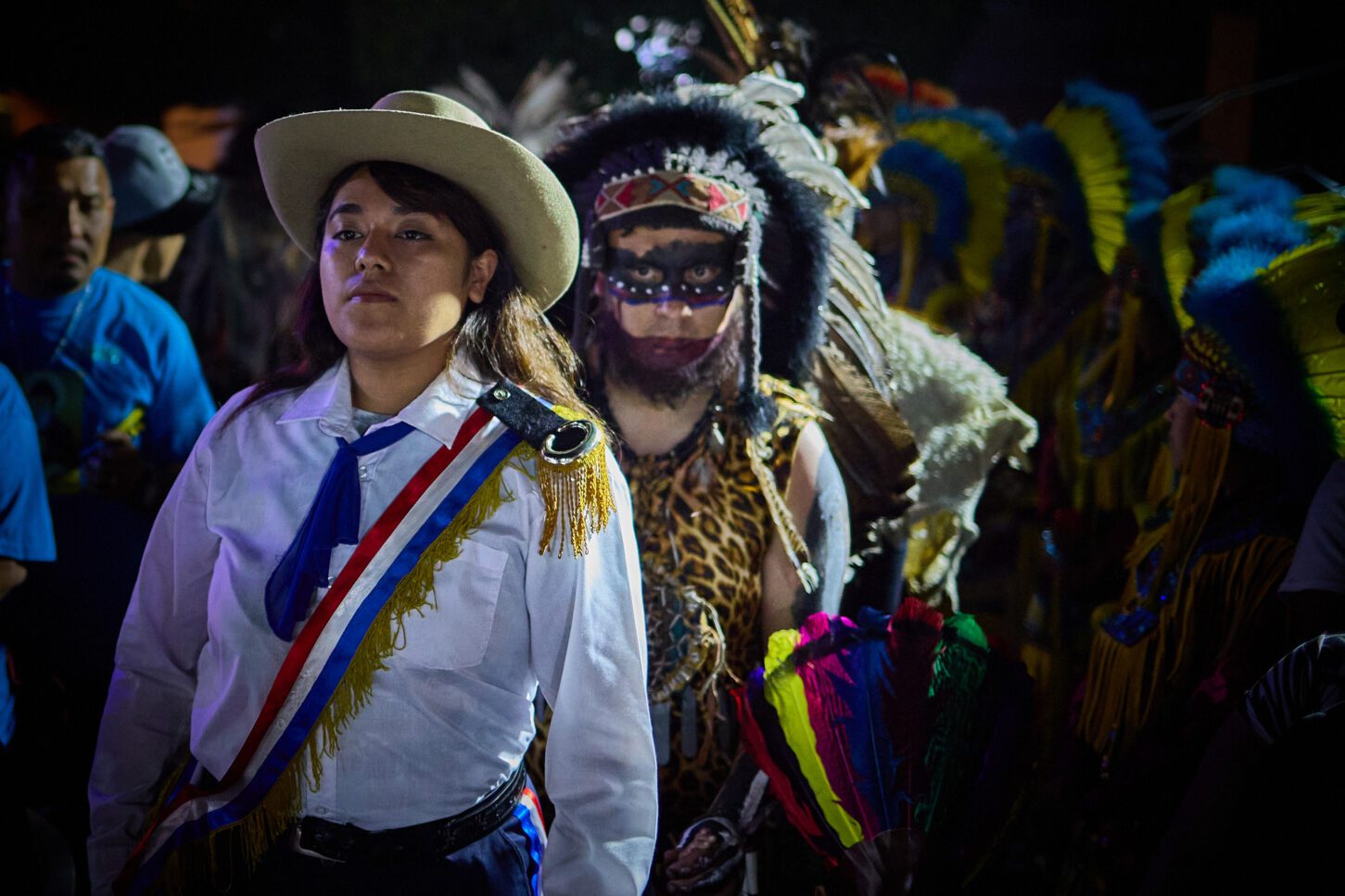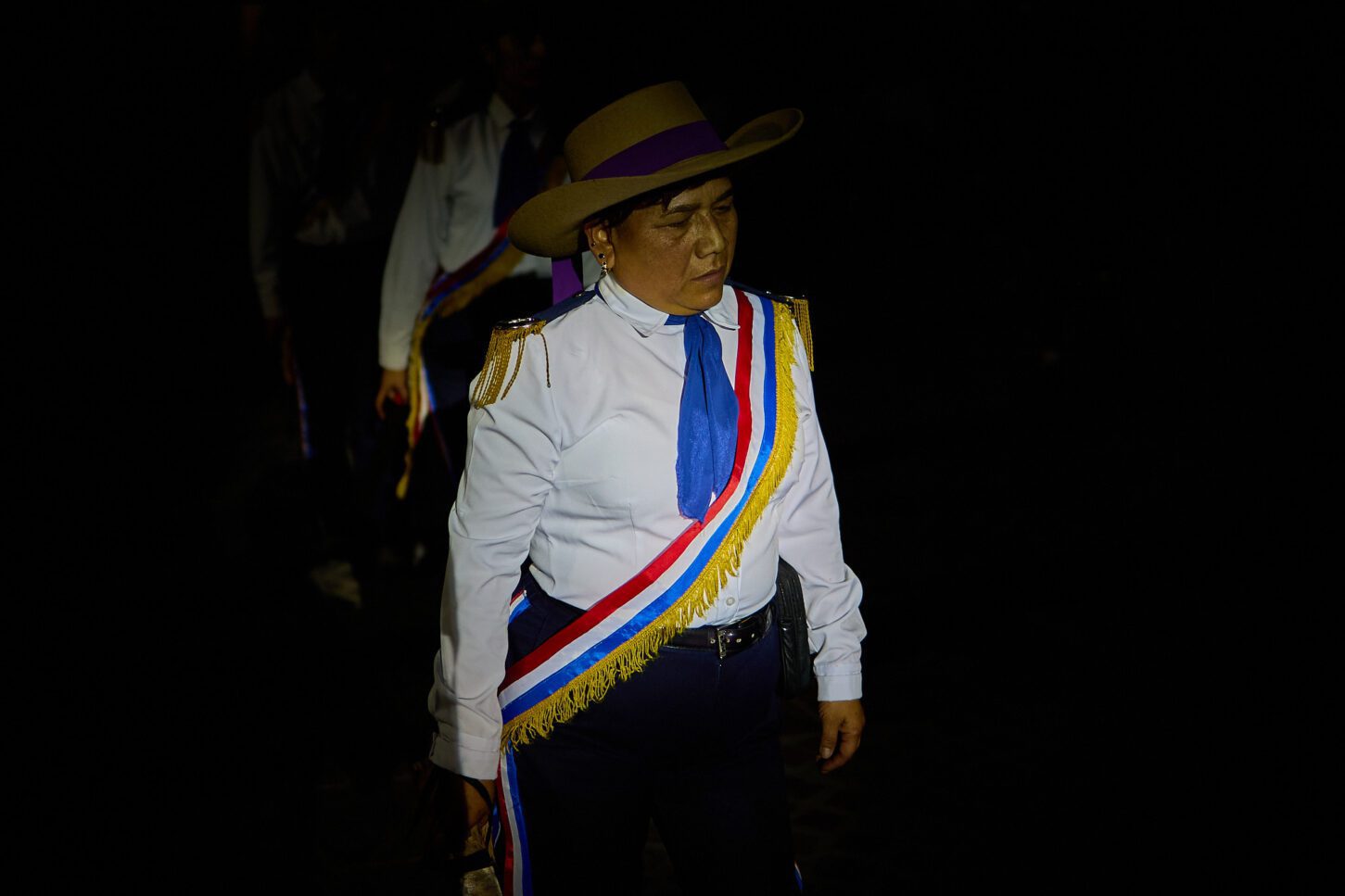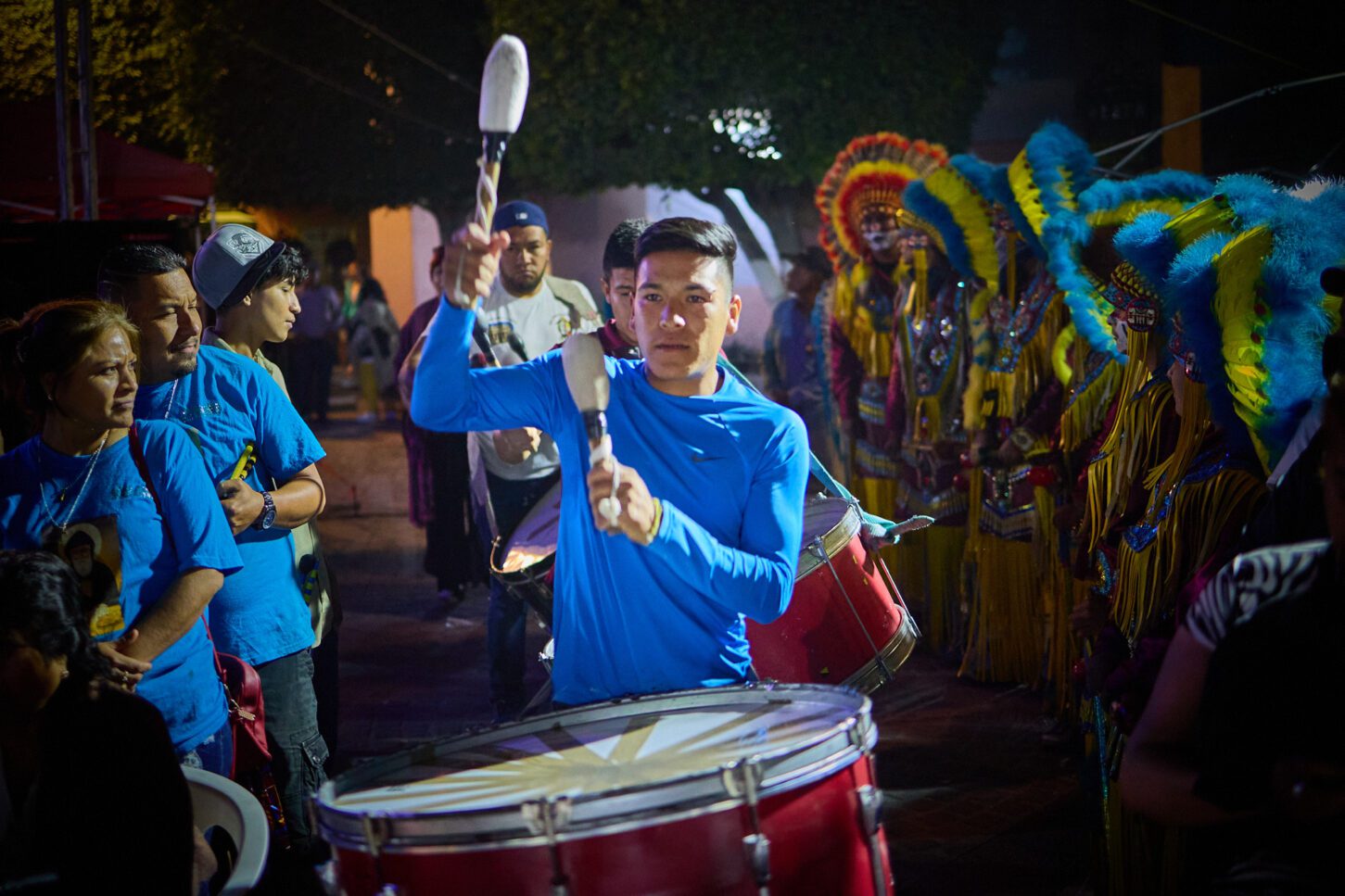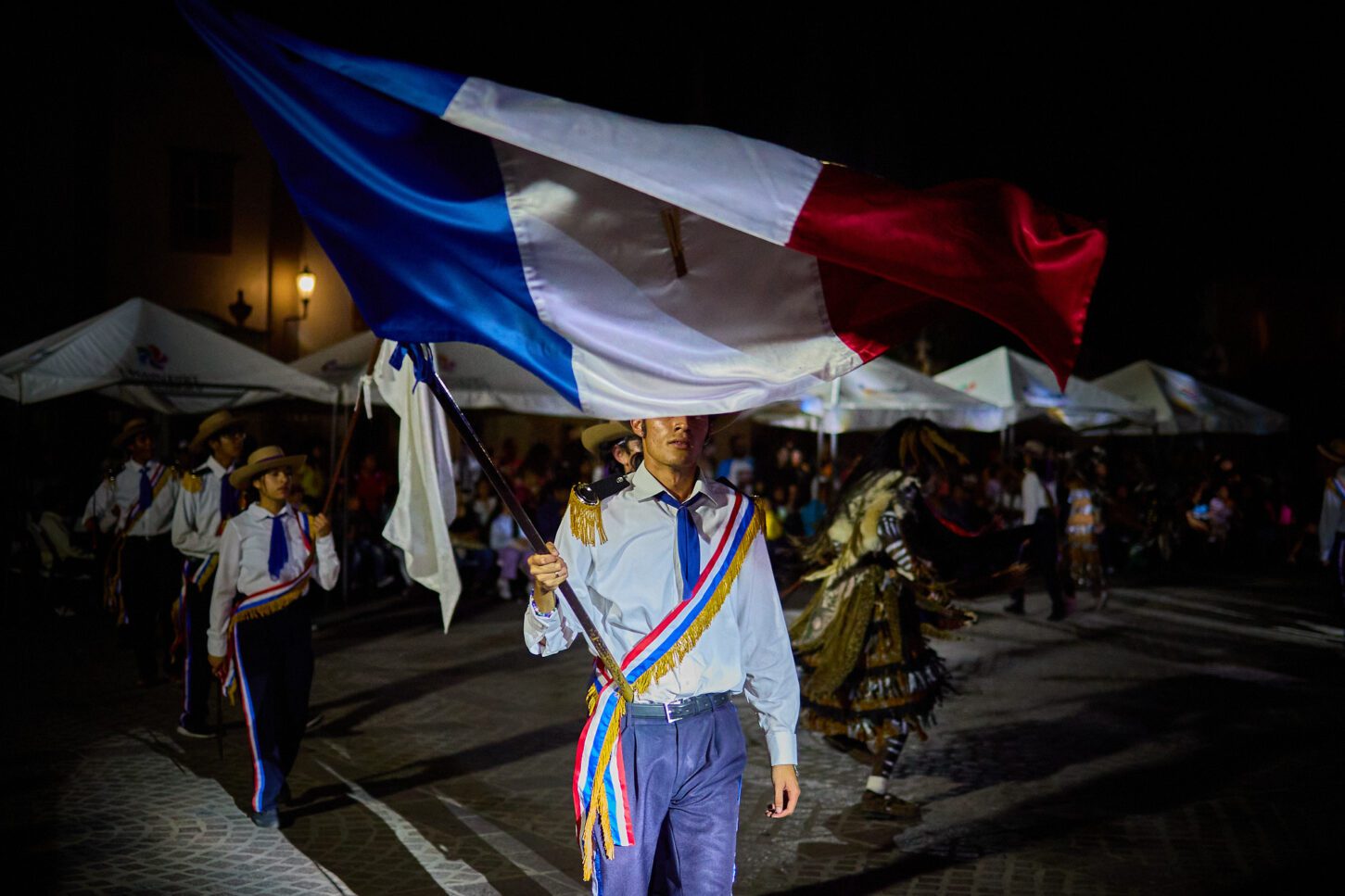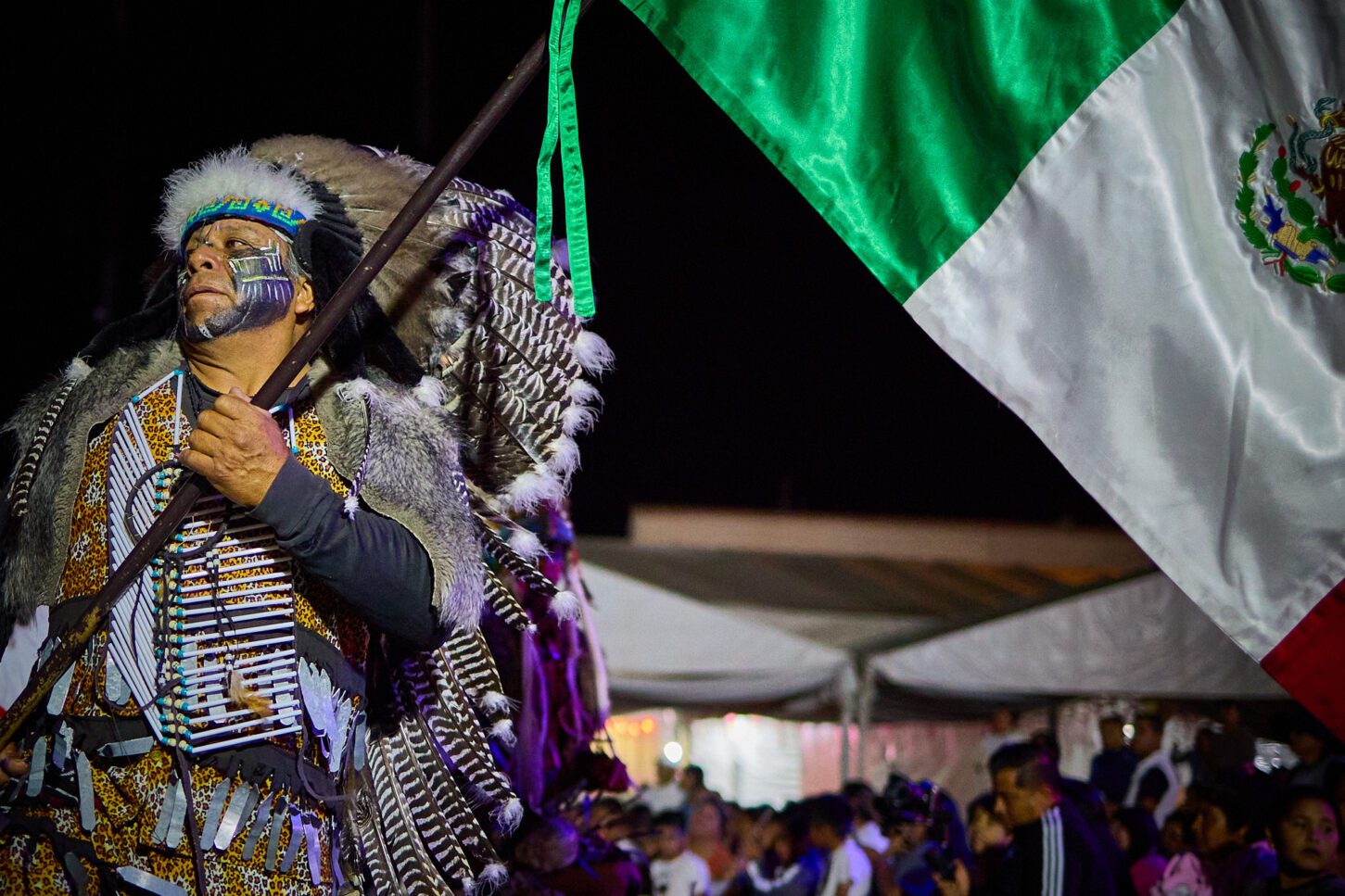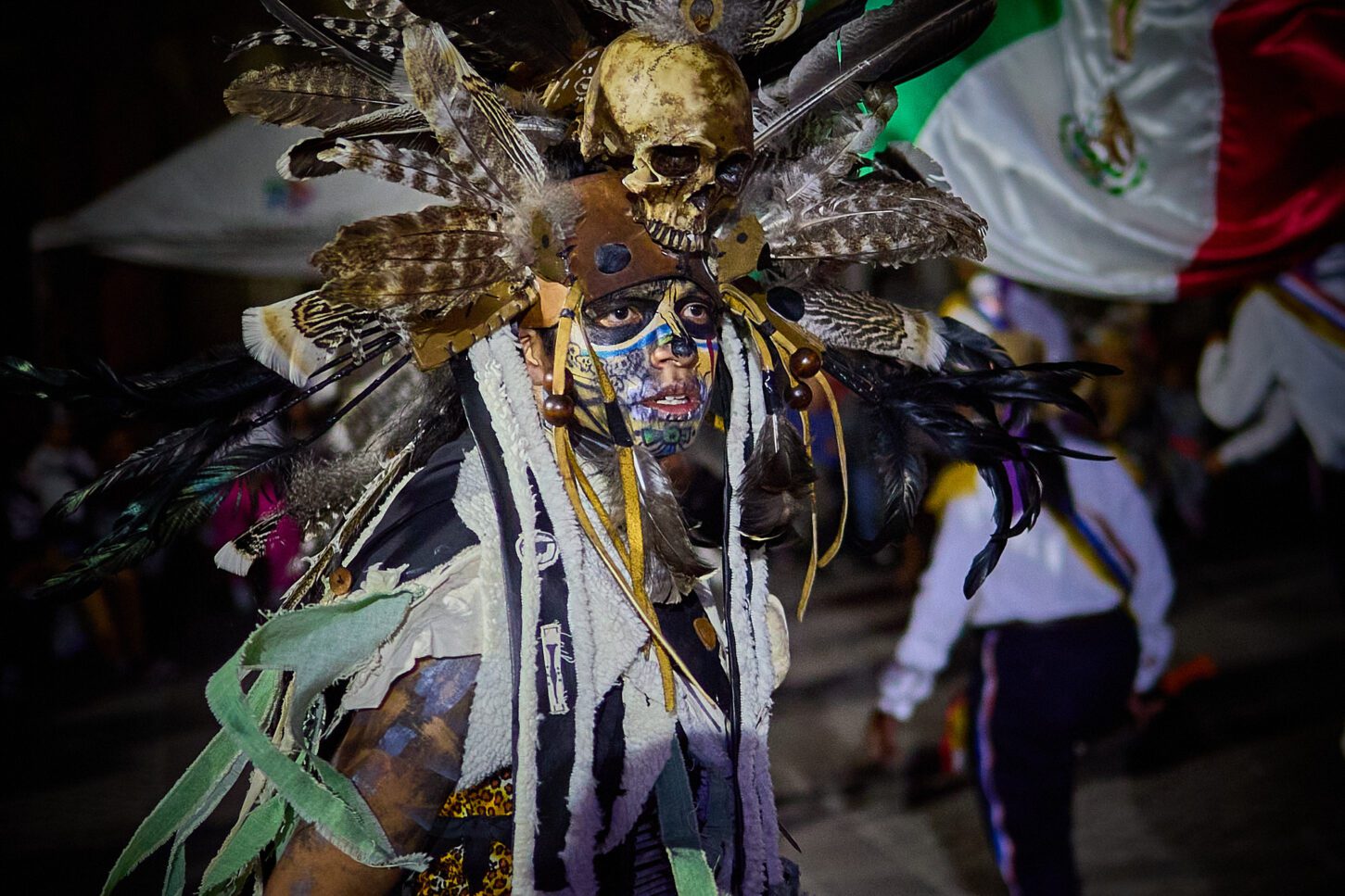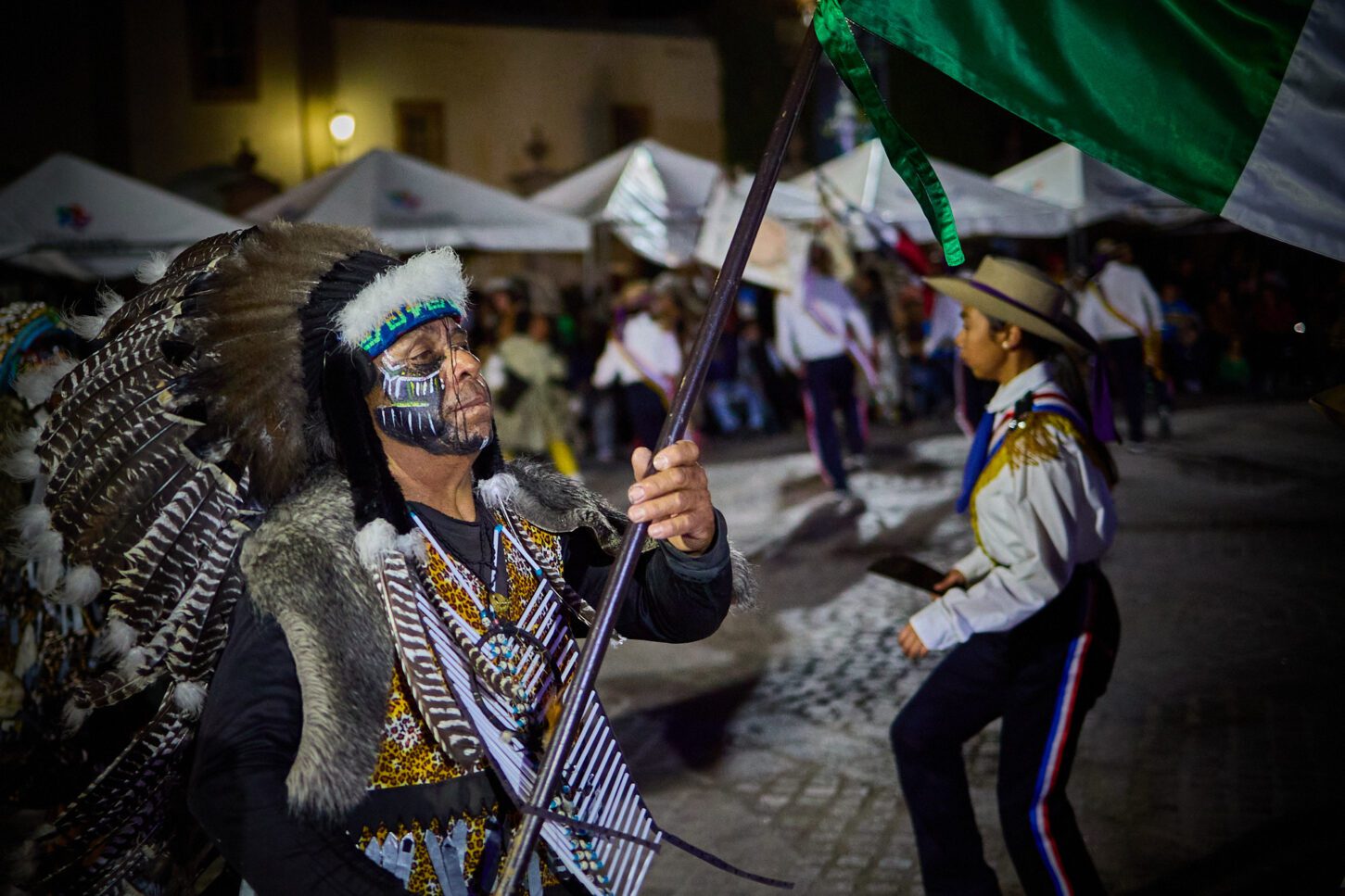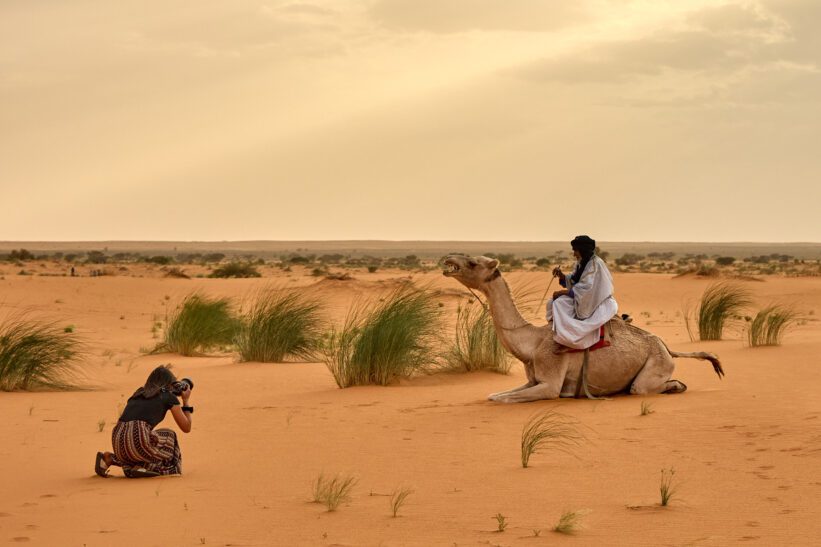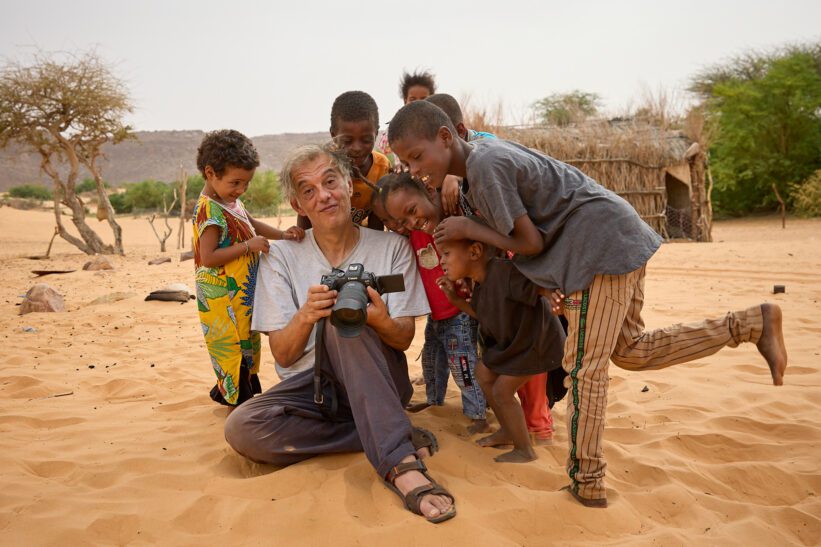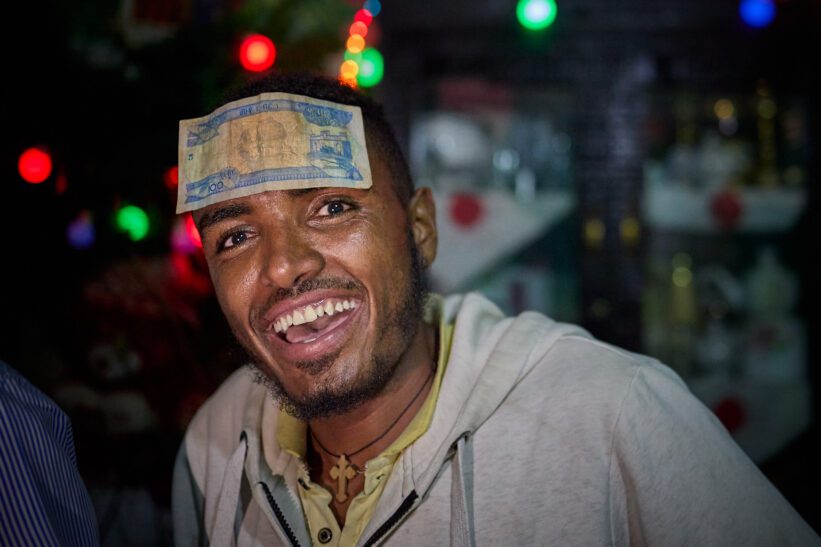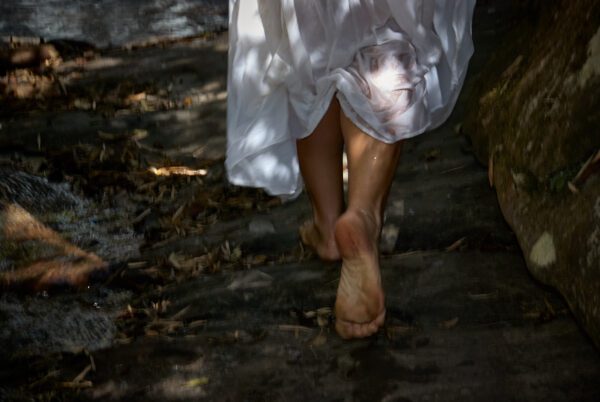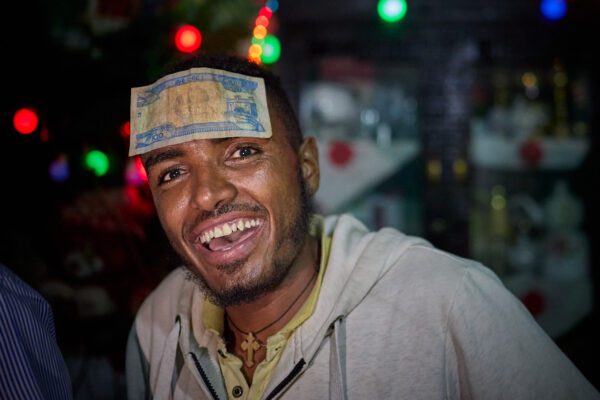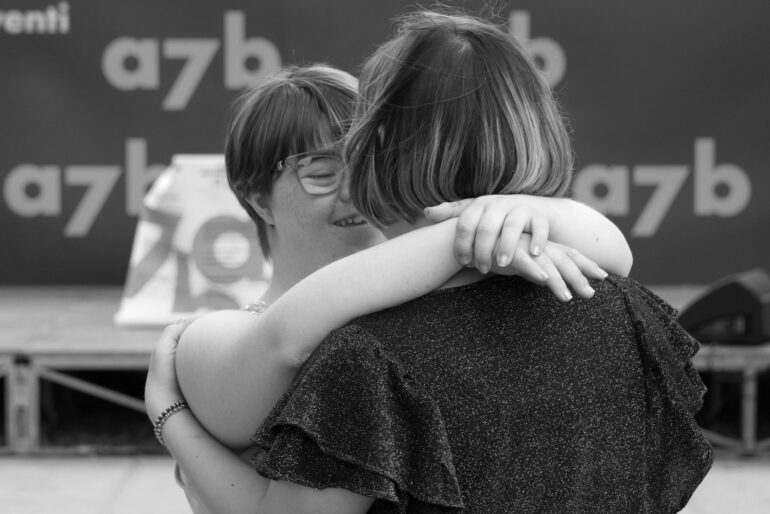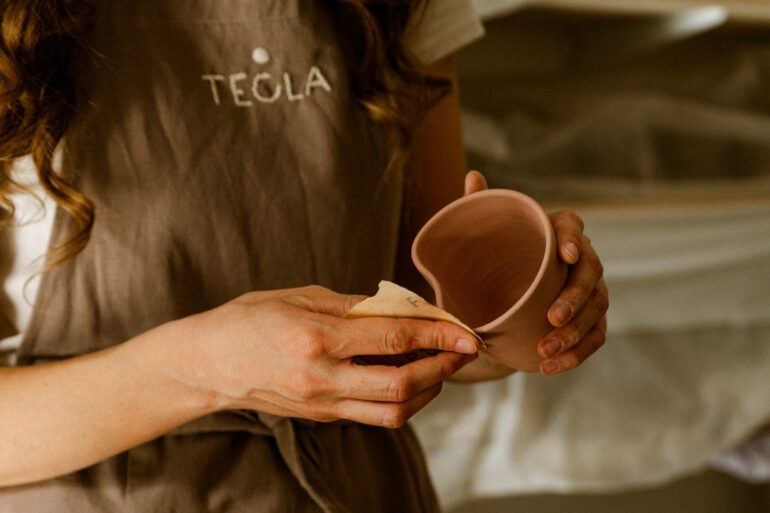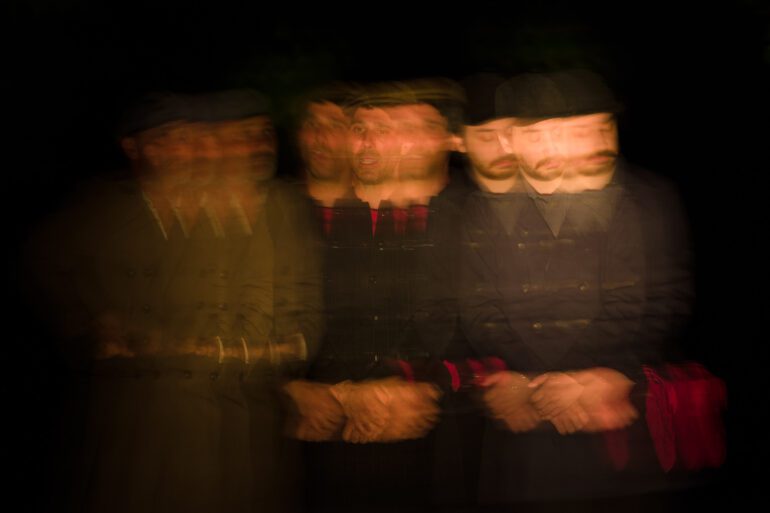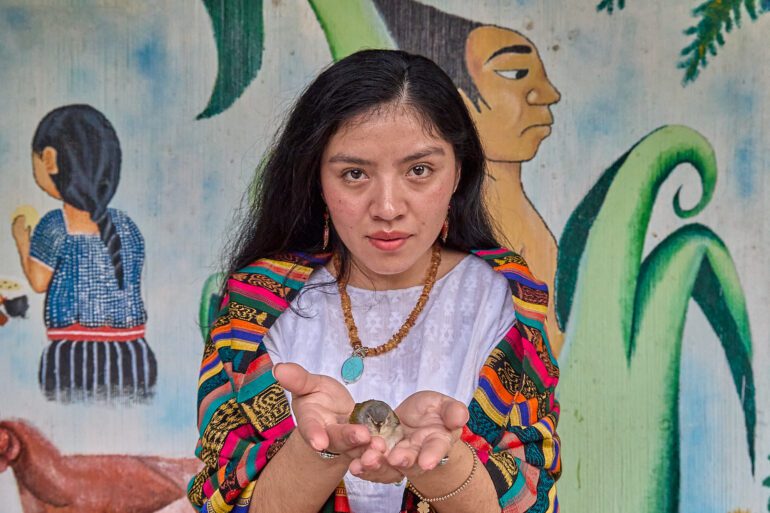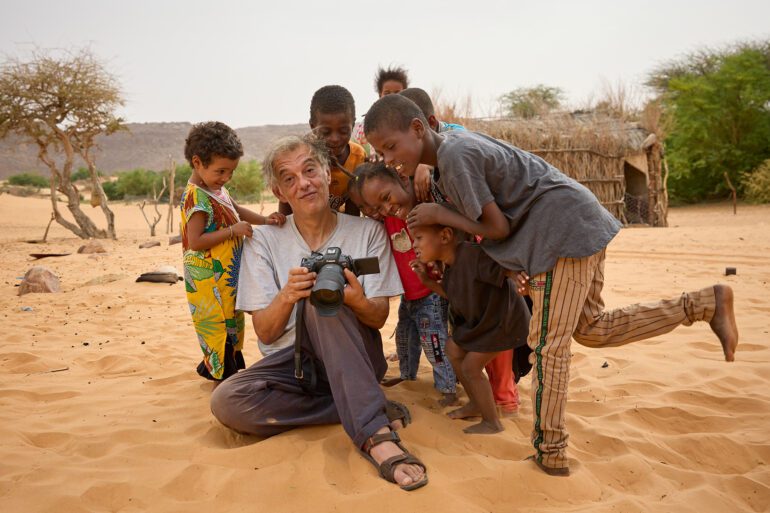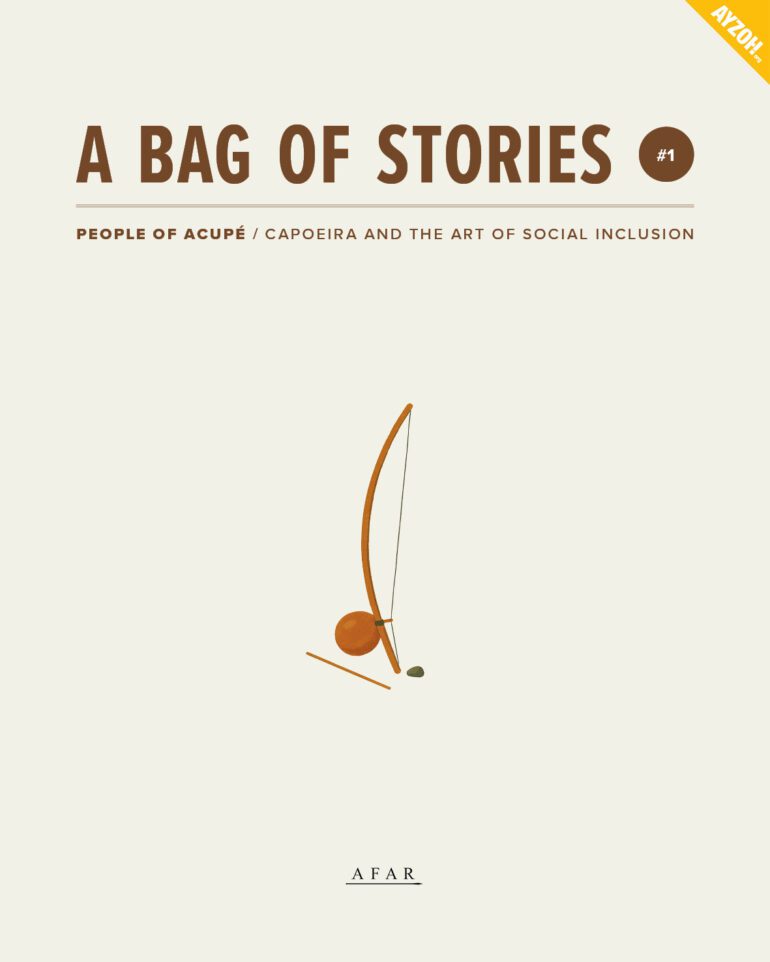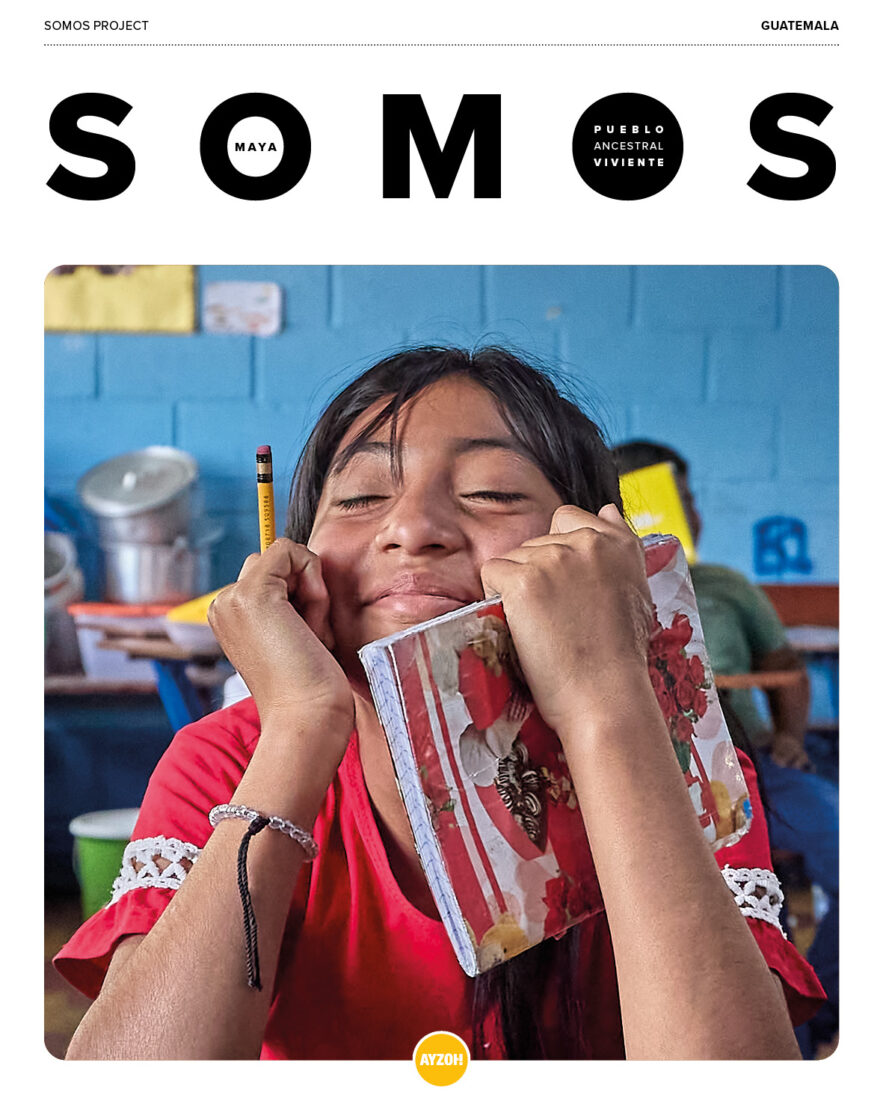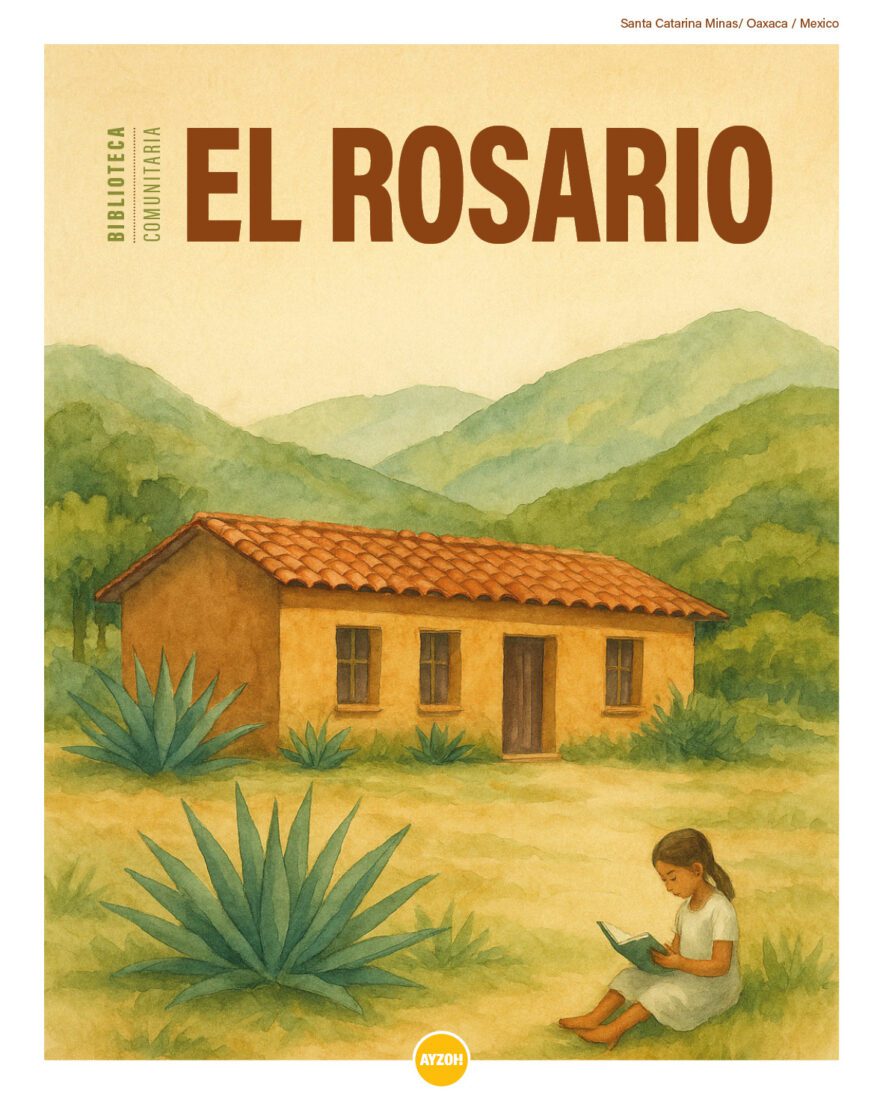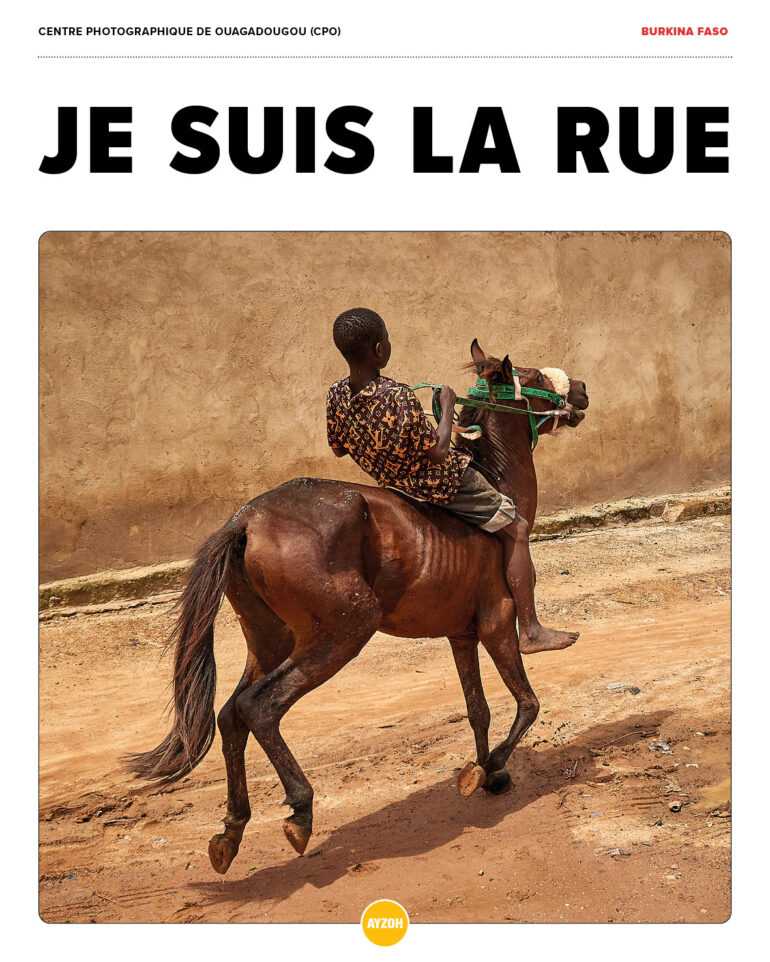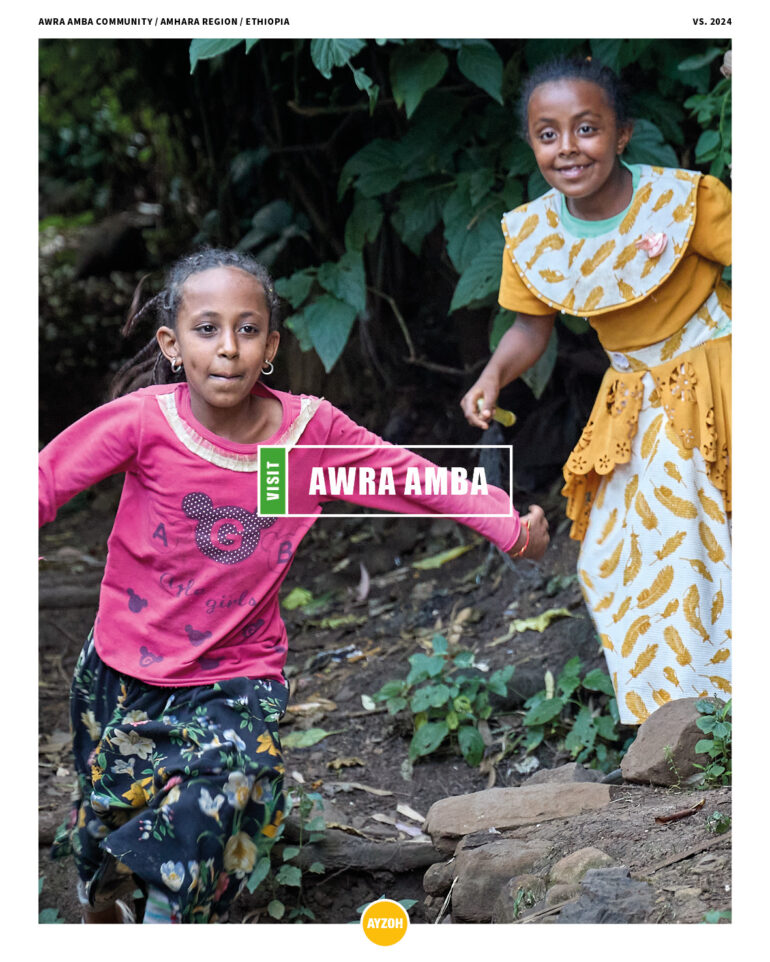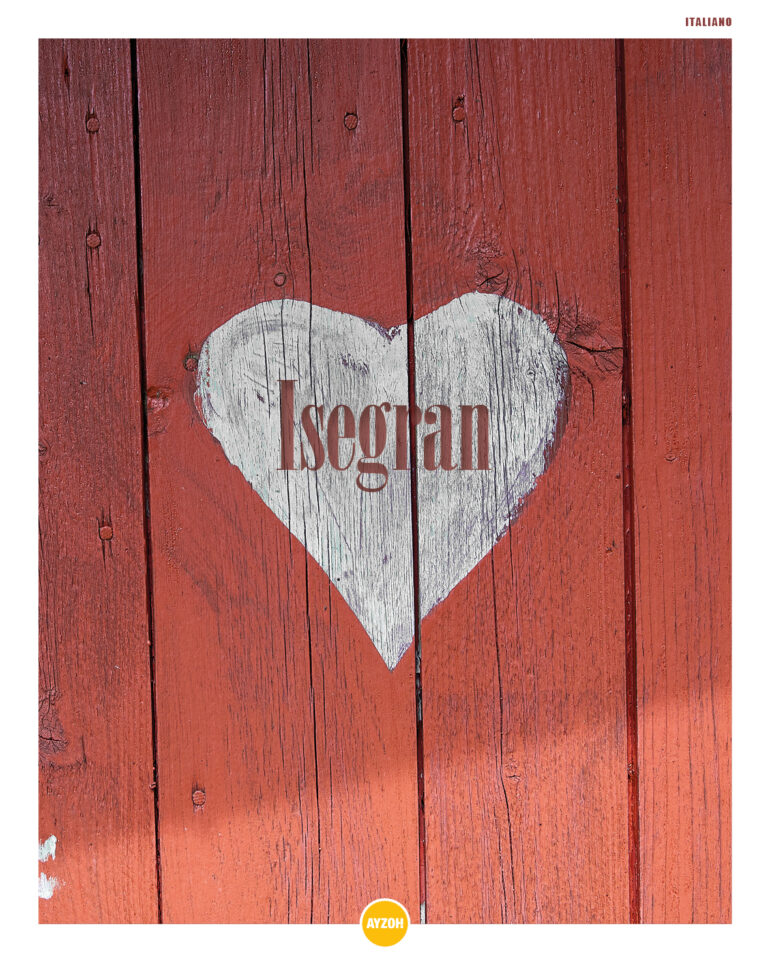The Indigenous Dance Festival in Comonfort, Mexico, is not a spectacle. It’s a space where cultural memory takes form through movement, rhythm, and shared presence. Each year, the festival brings together communities from different regions to perform traditional dances that have been passed down across generations. These are not choreographed displays for outsiders, but living expressions of identity, shaped by everyday life, belief systems, and local history.
Movement as Language
In Mexico, tradition is not frozen in time. At the festival, dances carry meaning that goes far beyond performance. The Concheros, for example, move in patterns that reflect ancient cosmologies. The Danza de los Viejitos, from the Purepecha tradition, speaks through humor and timing about the human journey from youth to old age.
Each step, costume, and rhythm is a form of communication — telling stories of land, seasons, resistance, and belief. These dances are ways of preserving history in bodies, of transmitting knowledge without textbooks, and of maintaining a sense of place in a rapidly changing world.
A Shared Space Across Generations
The festival isn’t a reenactment. It’s a collective practice. Elders and young people prepare side by side. Children learn not through formal lessons but through direct involvement: preparing garments, playing instruments, repeating steps until they become part of the body.
This exchange ensures that traditions adapt without being diluted. What remains isn’t a copy of the past, but a rooted present — shaped by memory, experience, and community dialogue.
Beyond Performance: A Gathering of Communities
The festival is also a meeting point. Different groups — each with their own customs, languages, and beliefs — come together not to merge but to share. The result is a form of solidarity that doesn’t require sameness. It’s built on mutual respect.
For many, it’s one of the few chances in the year to step outside their village and connect with others facing similar questions: how to preserve culture, how to pass it on, how to stay visible without becoming a symbol.
Ayzoh!’s Work: Observing with Care
For Ayzoh!, being present at the Indigenous Dance Festival is not just a photographic opportunity. It’s a way to document something ongoing, fragile, and essential. We try to capture not only what is seen — the movement, the detail, the color — but also what is felt: the weight of tradition, the strength of community, the joy and discipline of those who participate.
Our images are part of a broader archive: not to preserve culture in glass, but to reflect it with care and honesty.
Cultural Continuity, Not Nostalgia
The festival raises real questions about the role of tradition today. How can cultural practices remain authentic while interacting with modern pressures? What does it mean to “preserve” something that is alive and evolving?
The communities involved offer clear answers. They don’t isolate themselves from change, but neither do they let it erase their roots. Their approach to tradition is practical and thoughtful — adapting where necessary, holding firm where it matters.
A Place to Pause and Reflect
In a world often focused on speed and individualism, the Indigenous Dance Festival offers something different: a collective rhythm, a shared moment, a reminder that culture is made — and remade — in relationship.
For us at Ayzoh!, it is a privilege to listen, to witness, and to tell fragments of these stories. And for anyone who takes the time to look closely, the festival is an invitation to reconsider how we understand tradition, identity, and the ties that hold us together.

